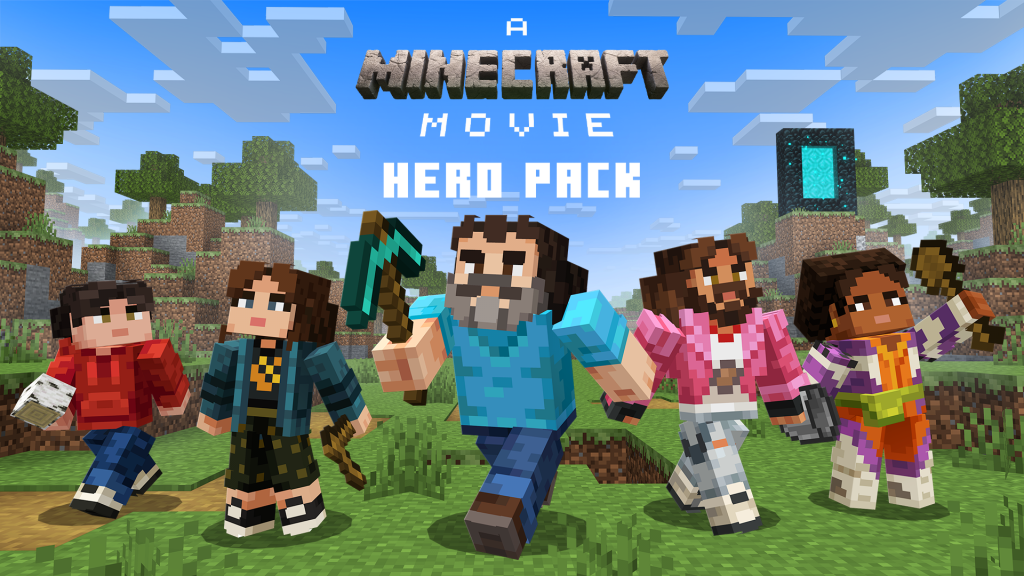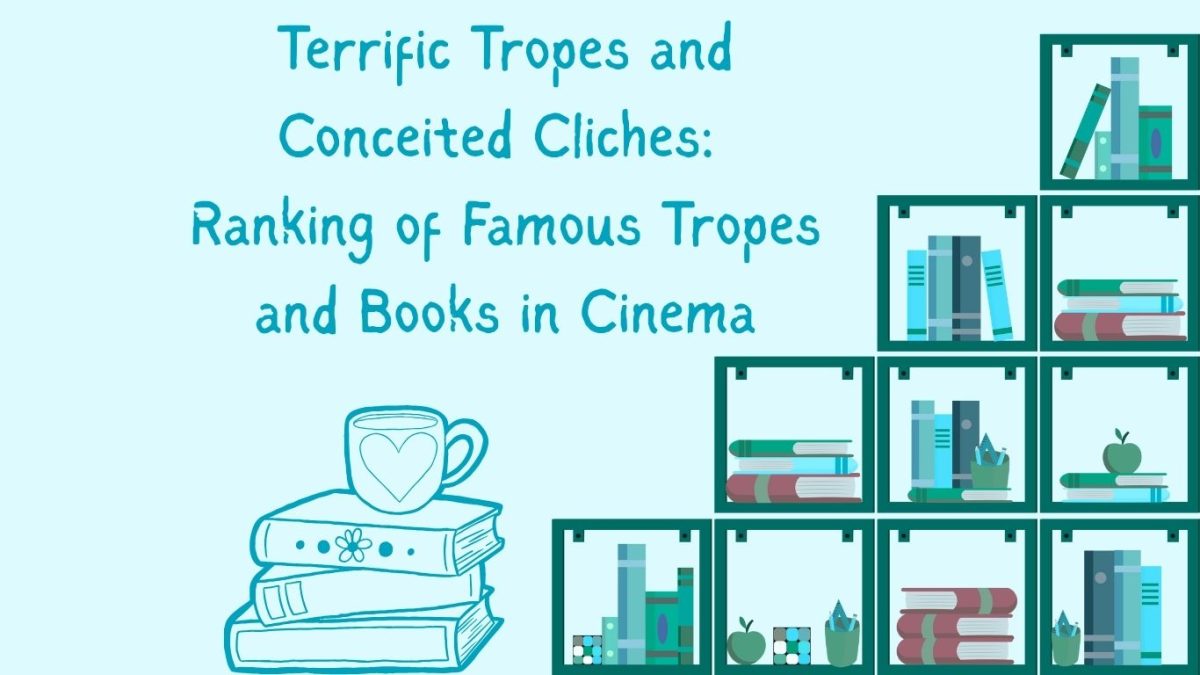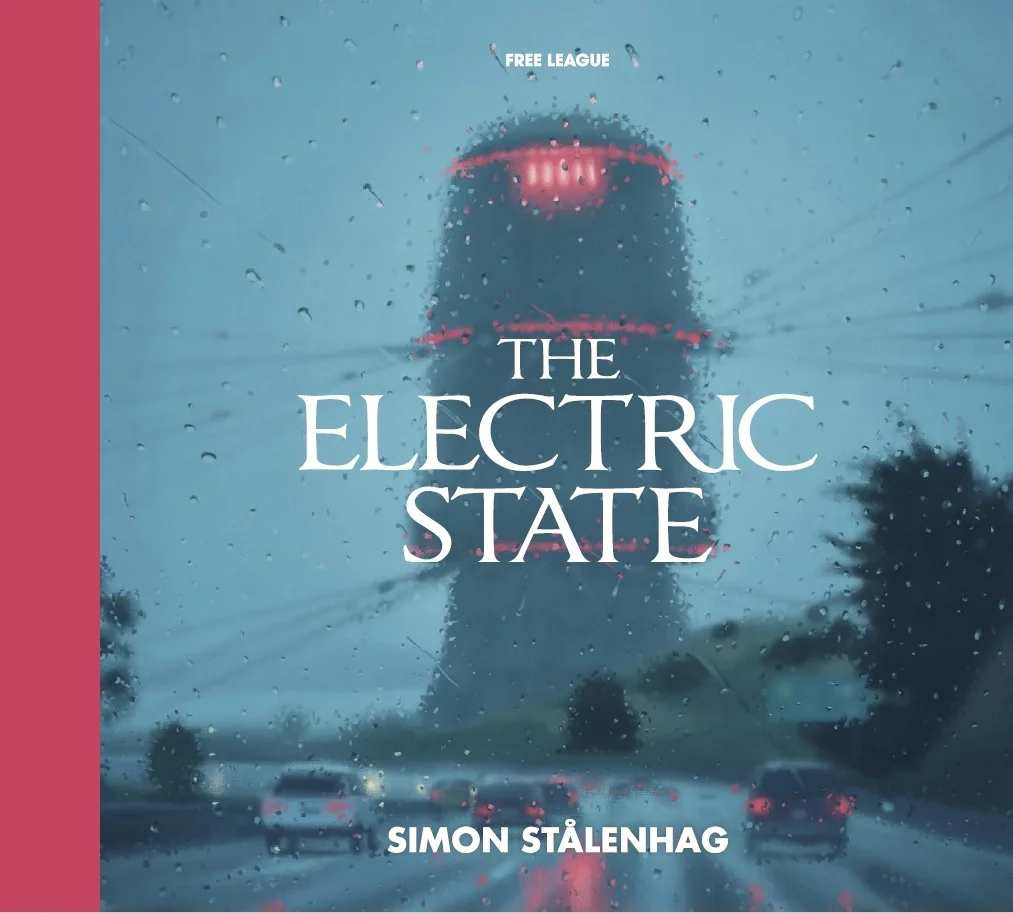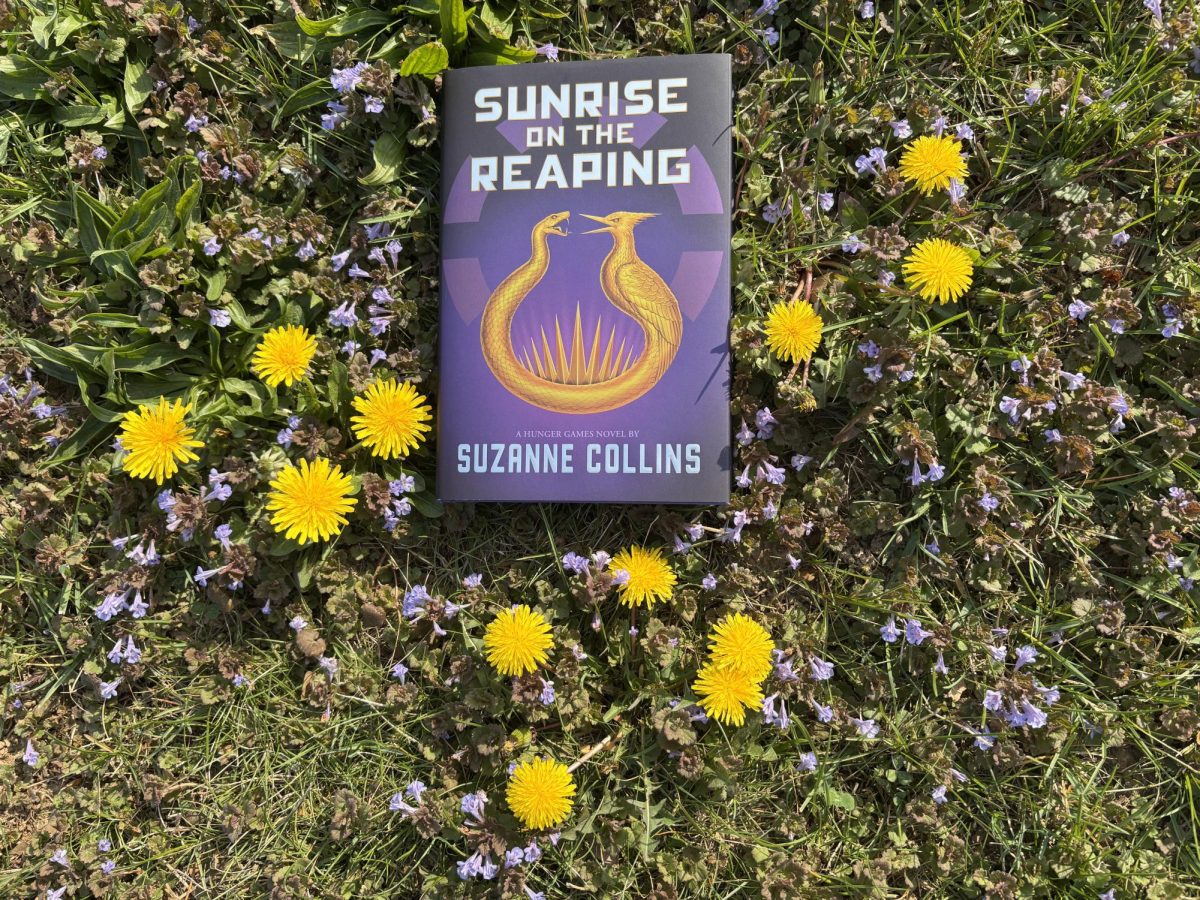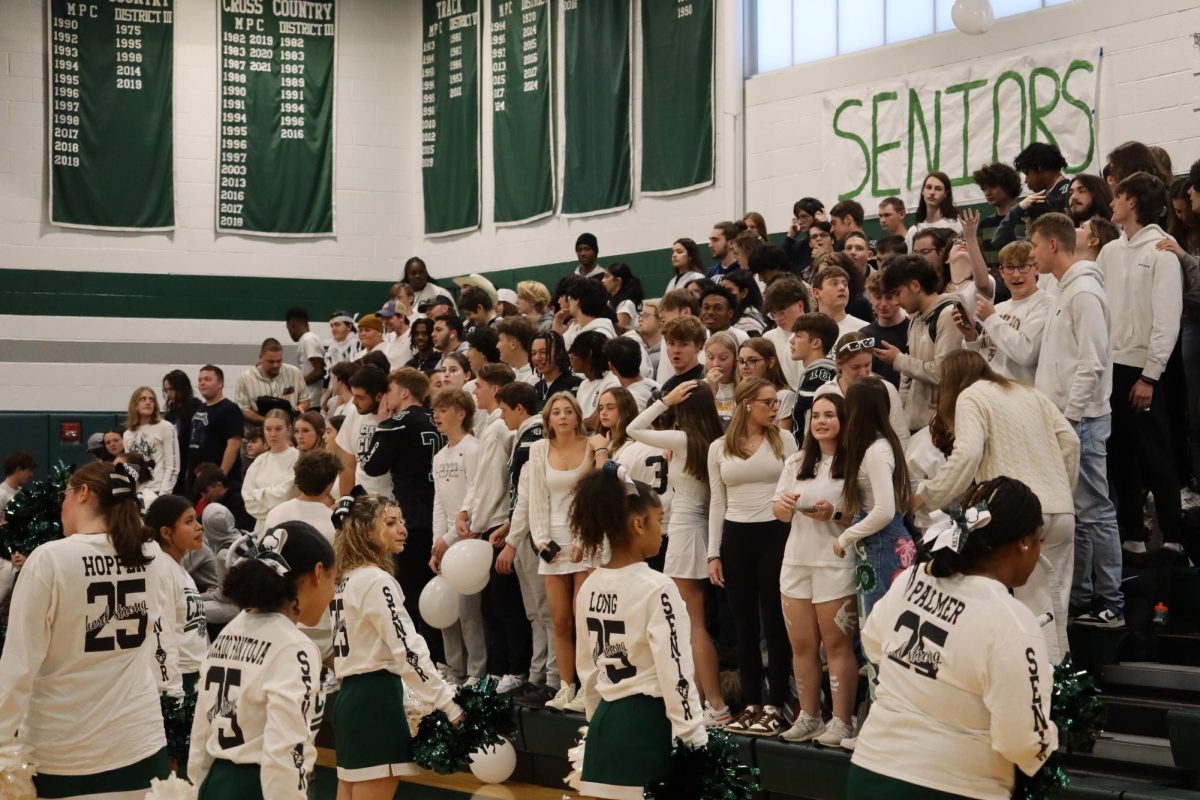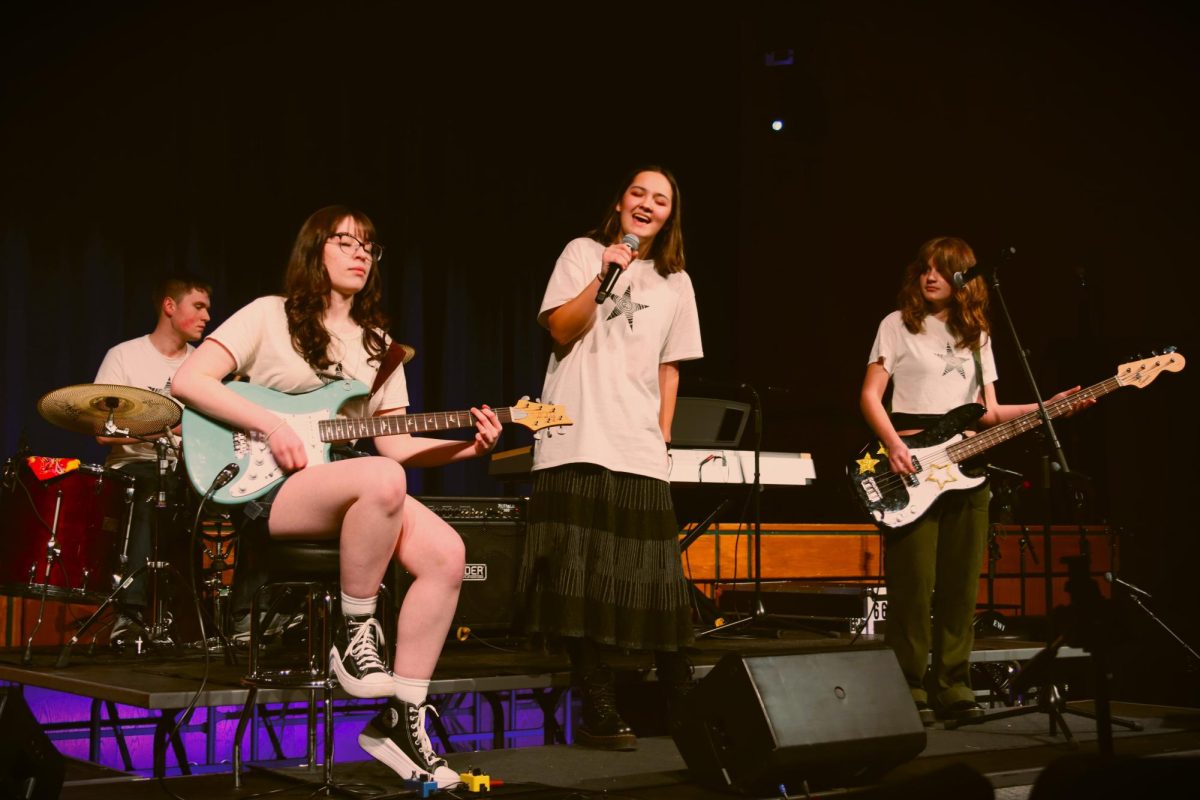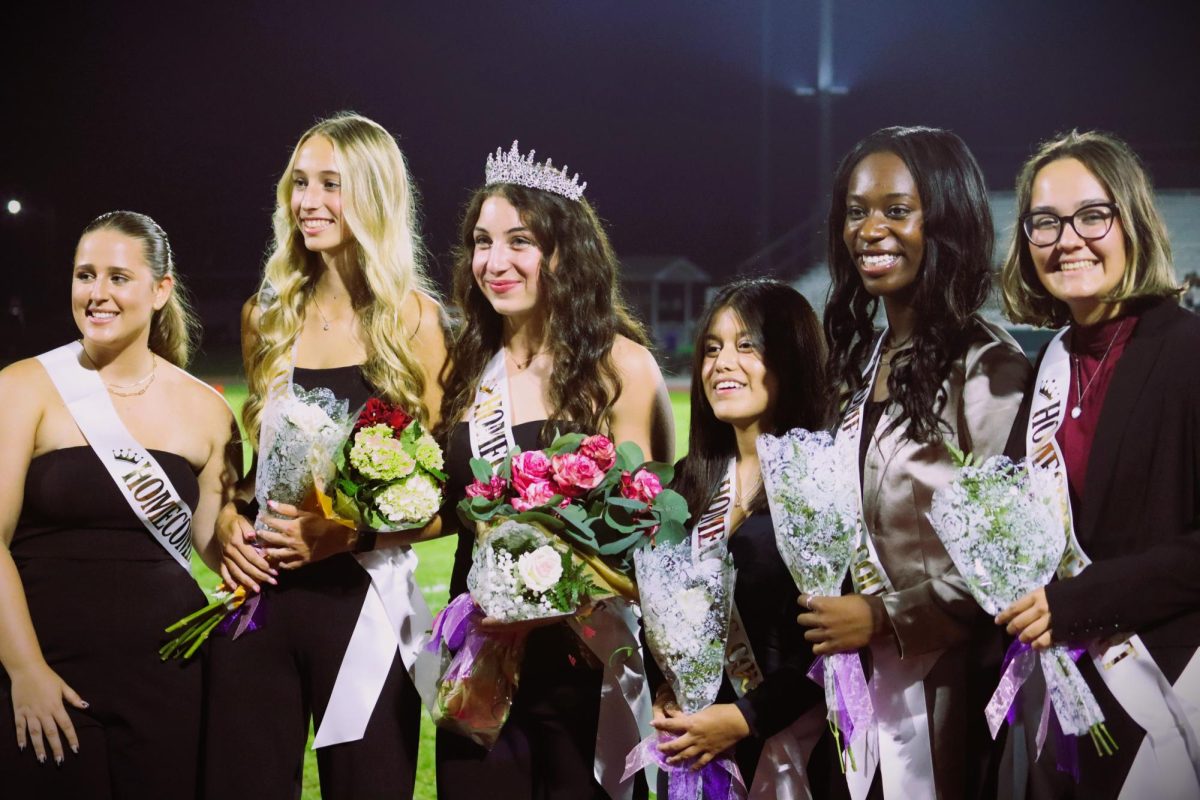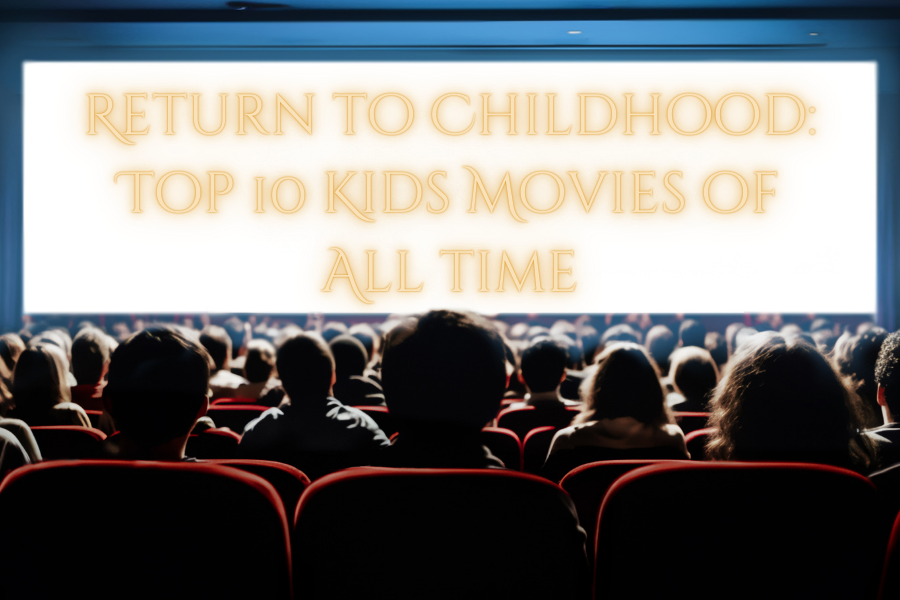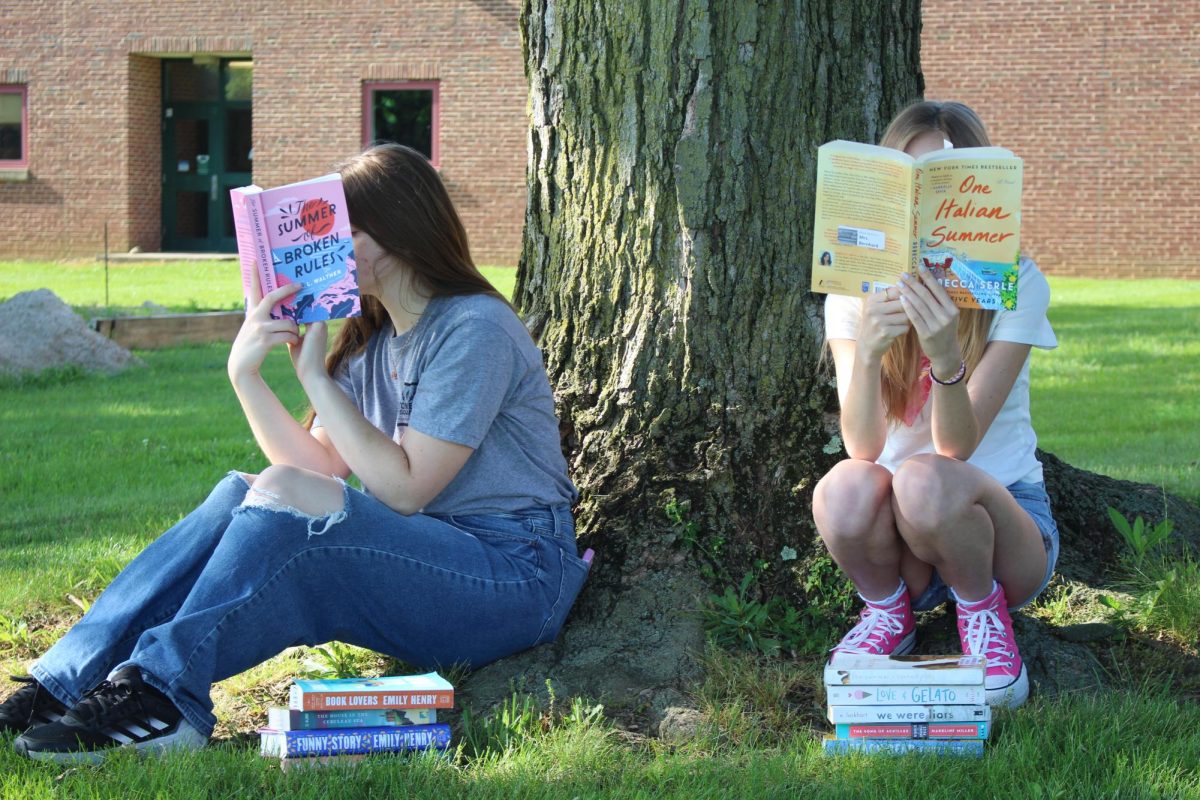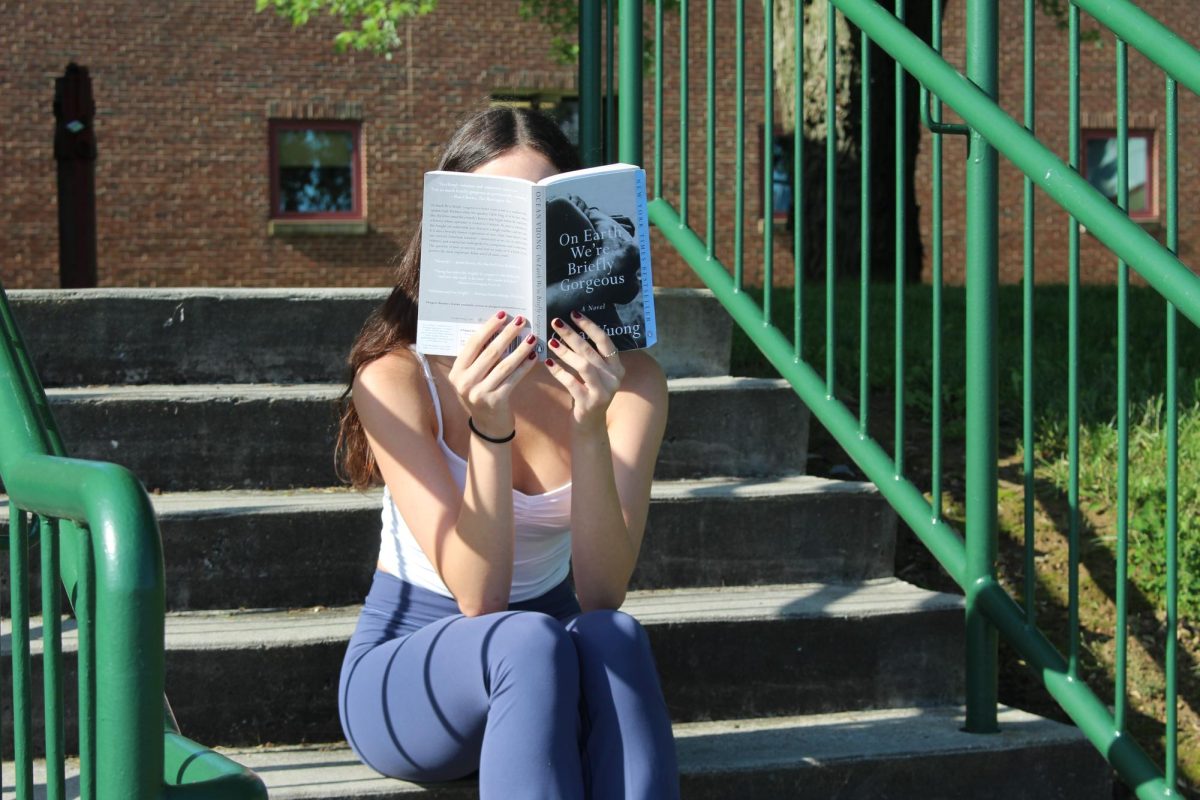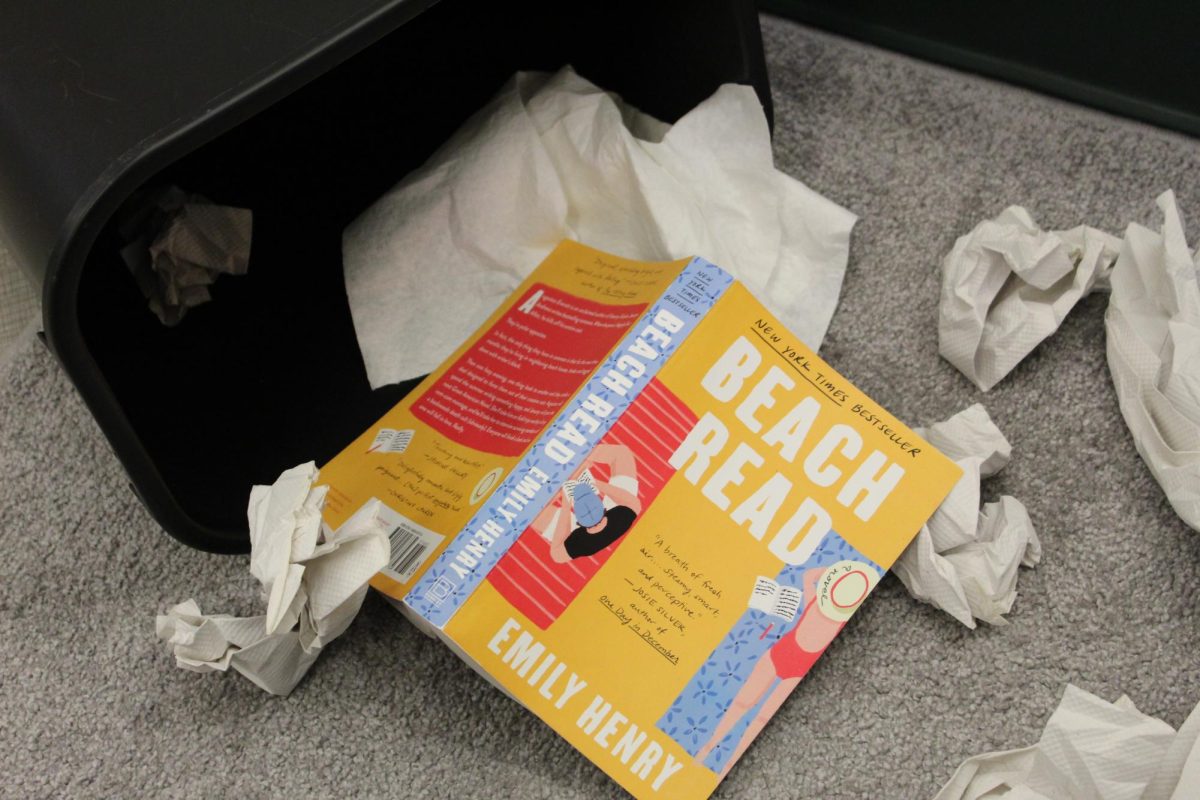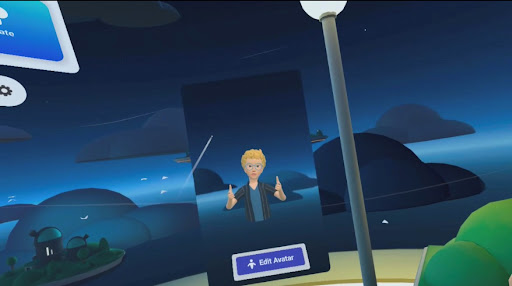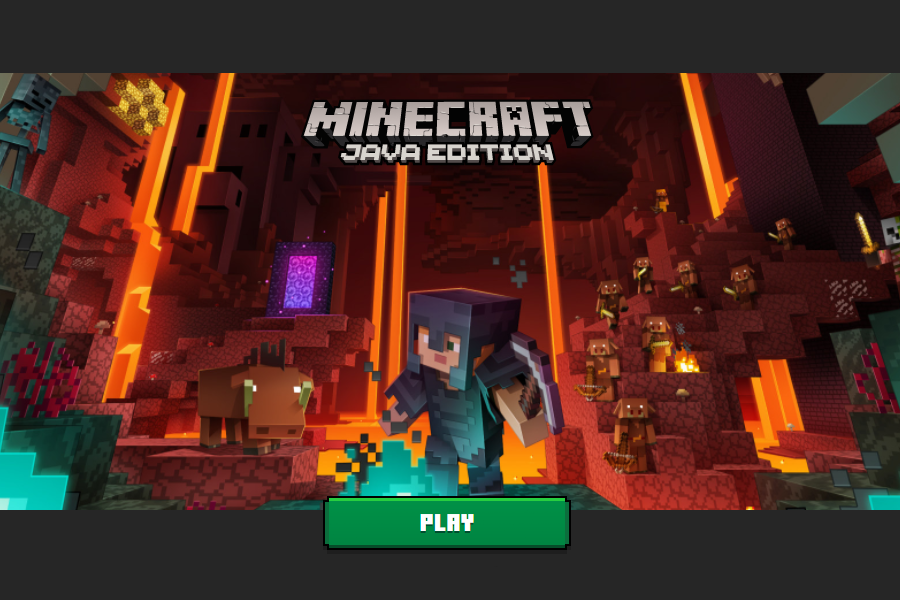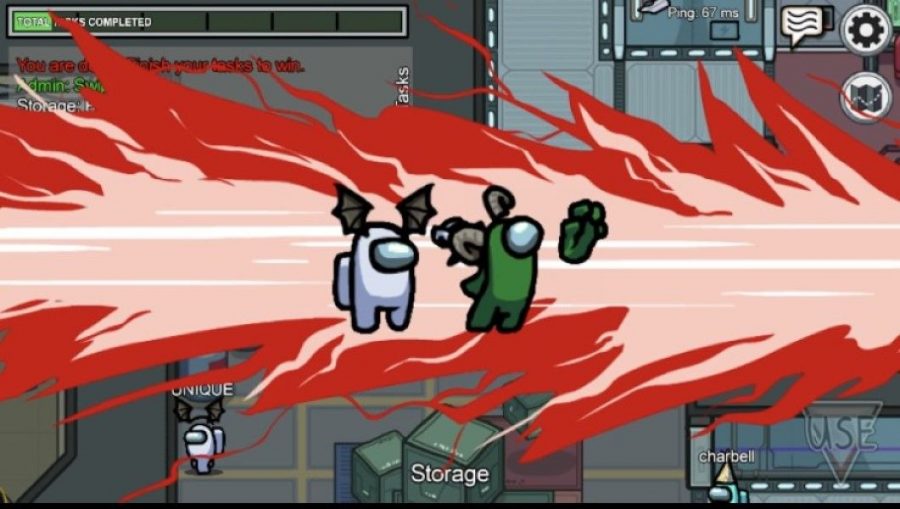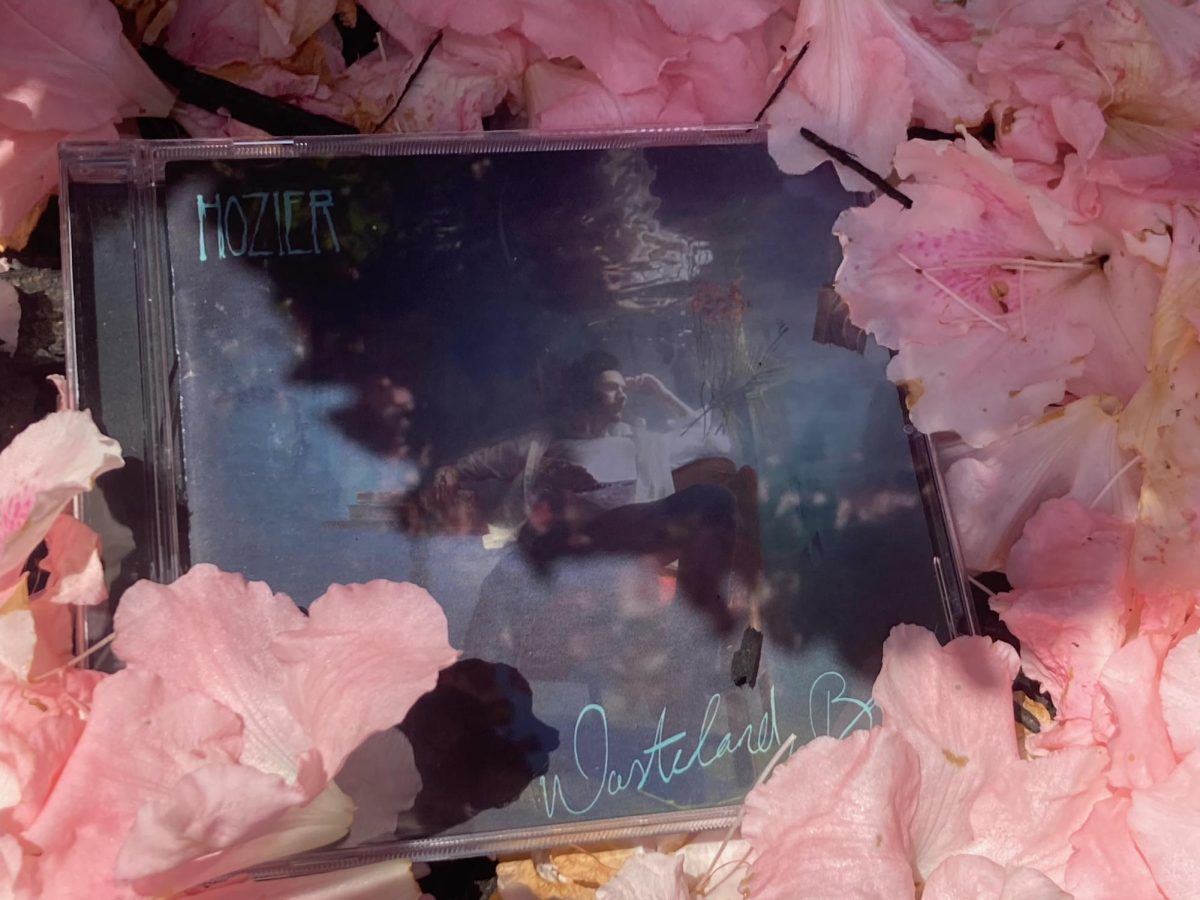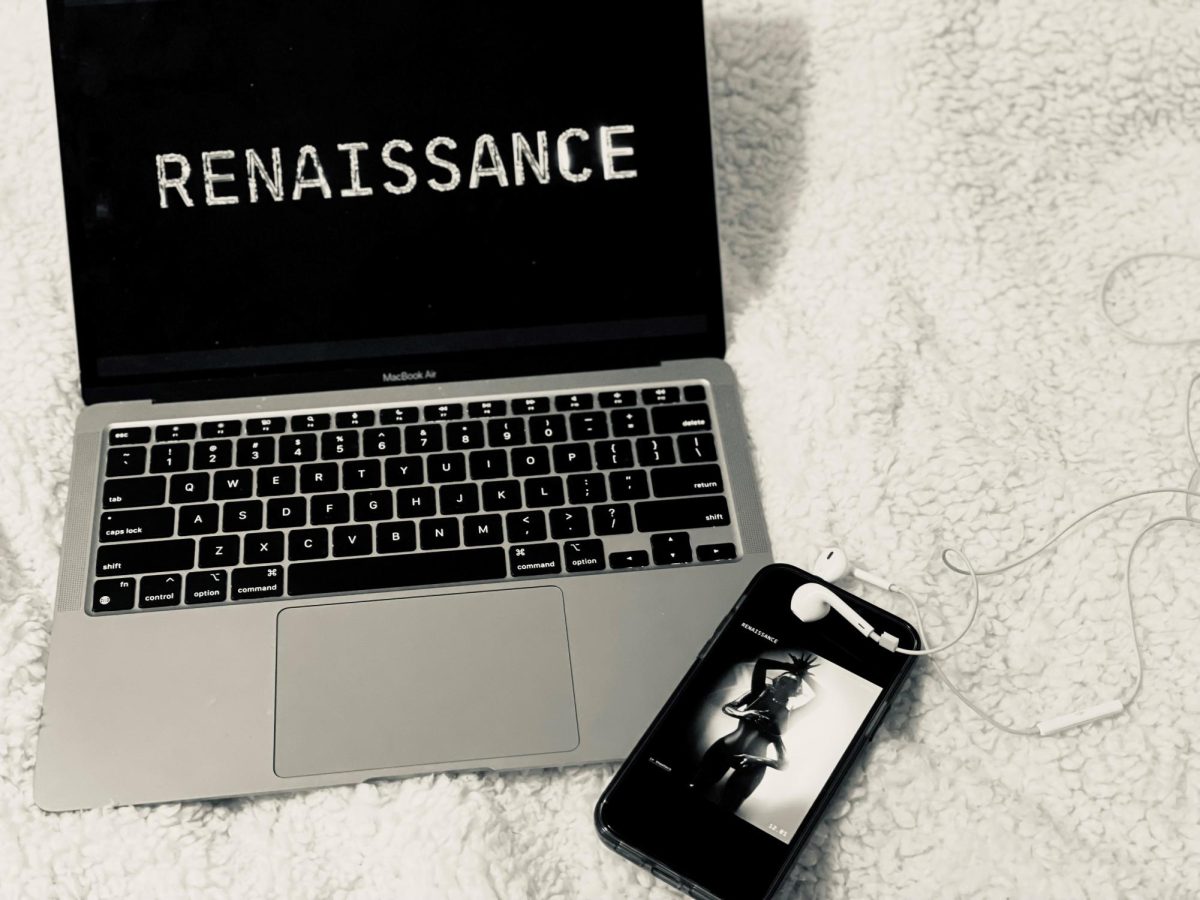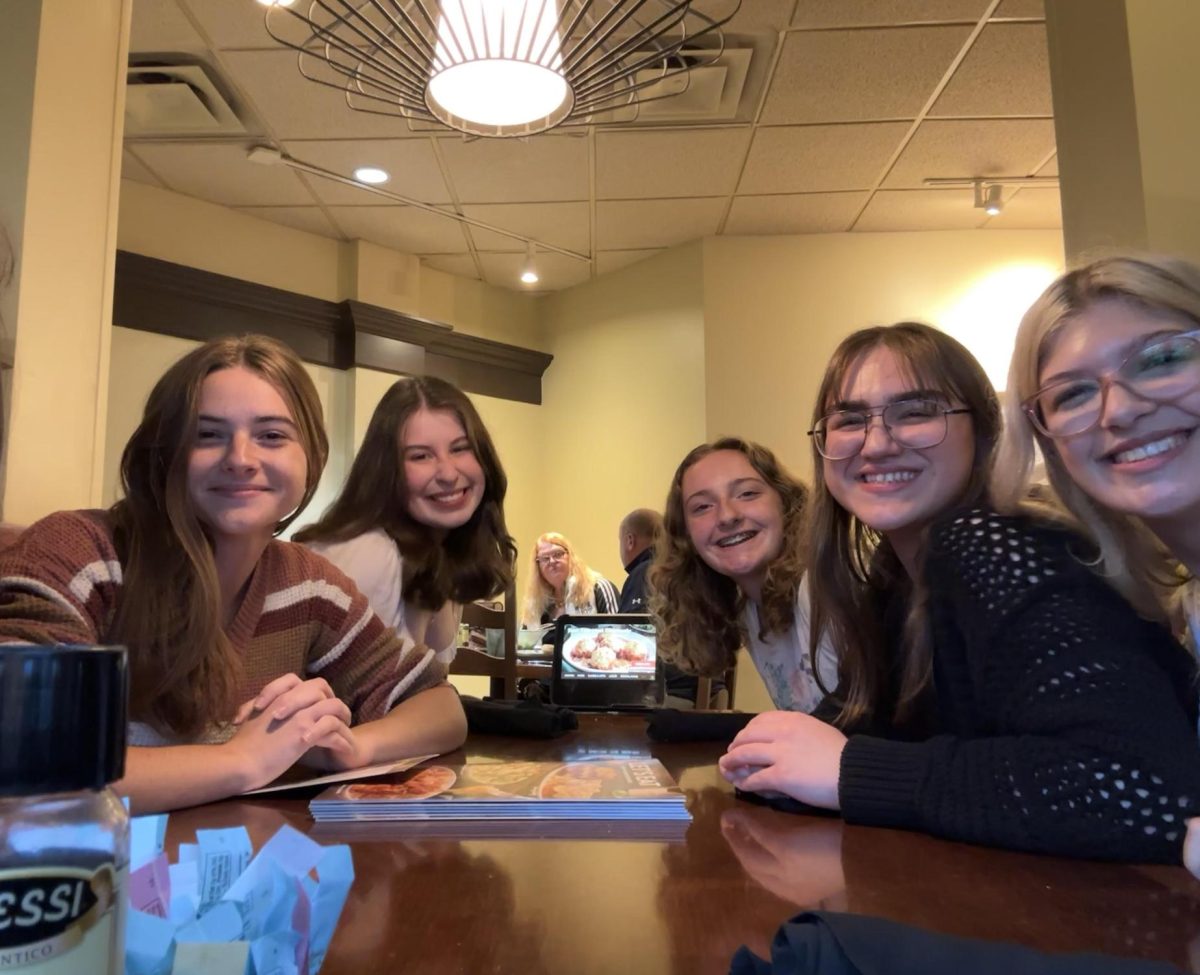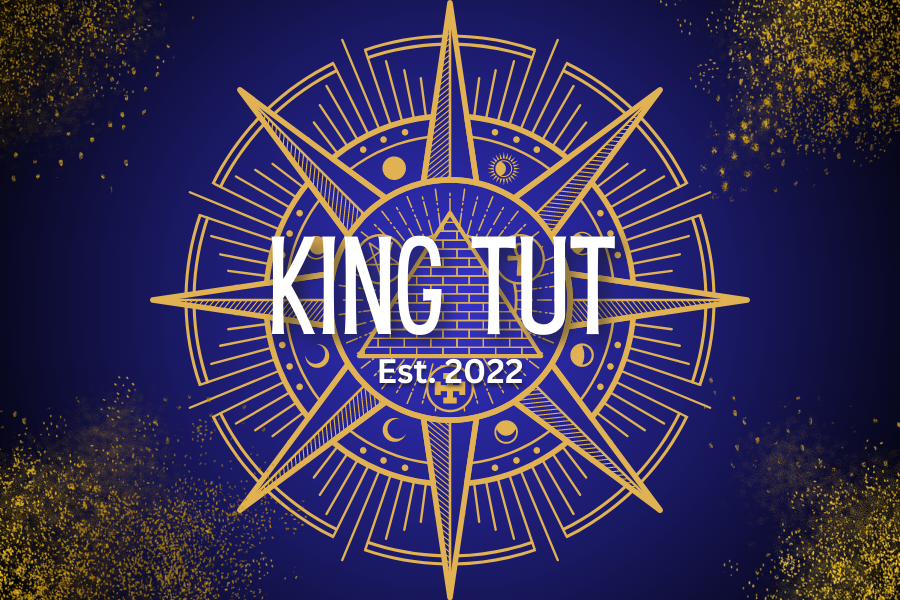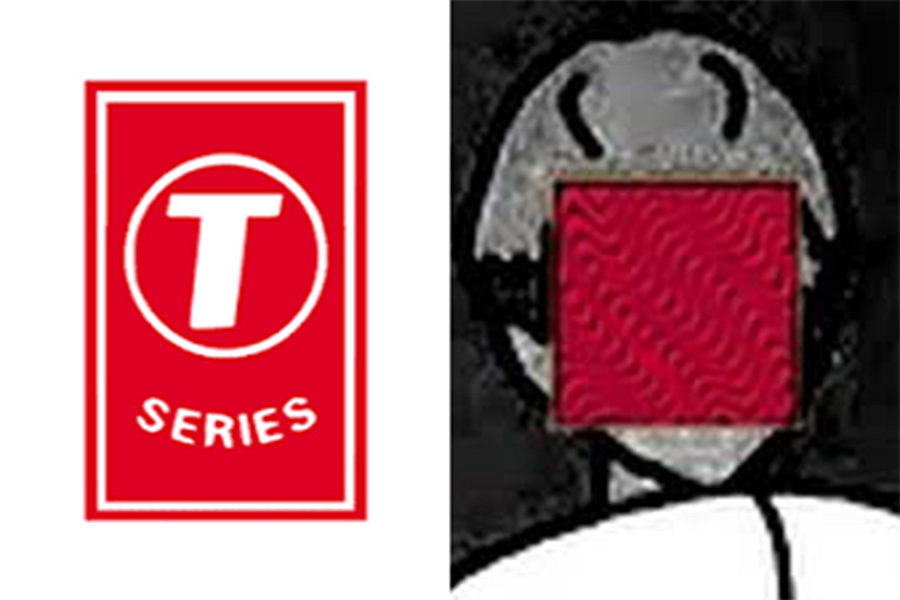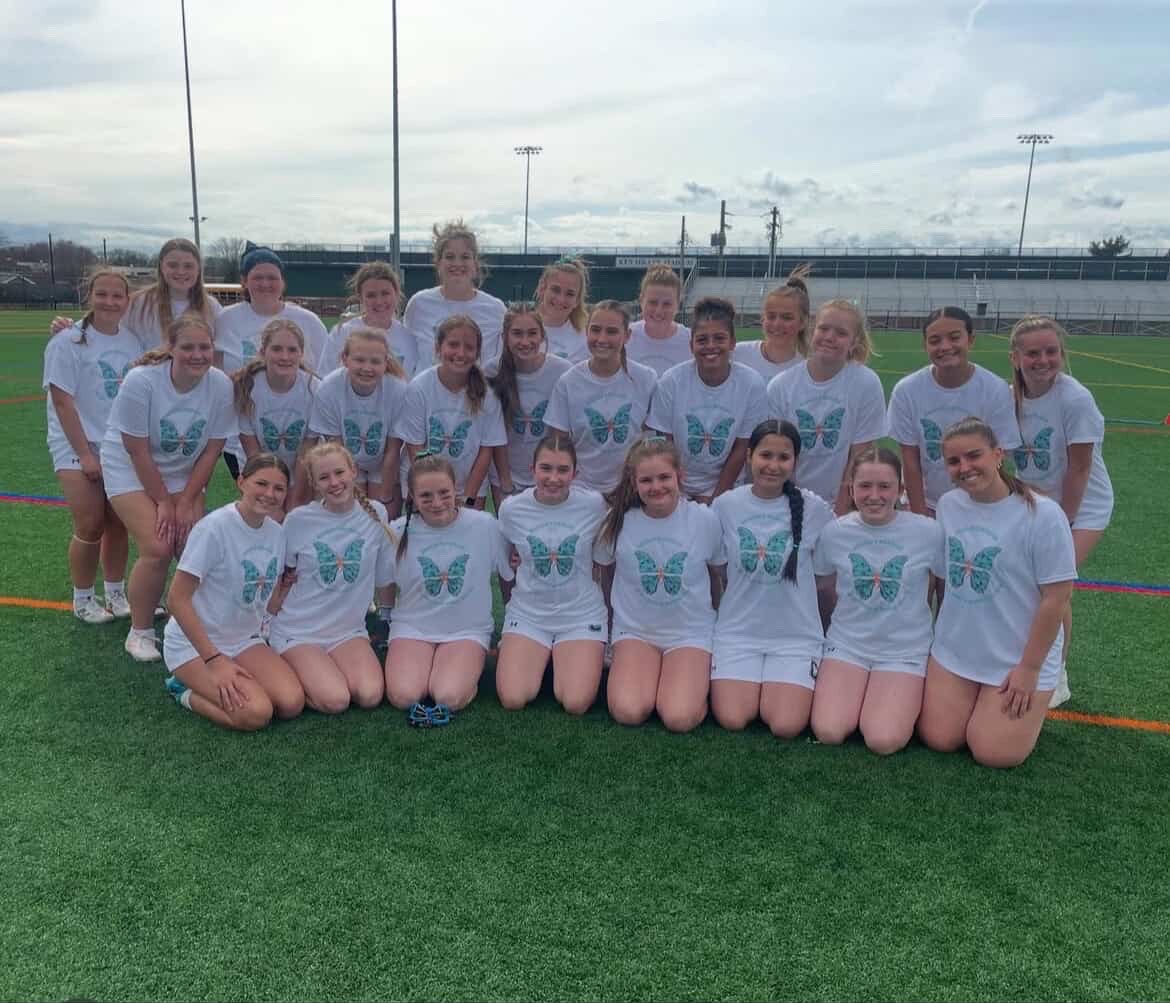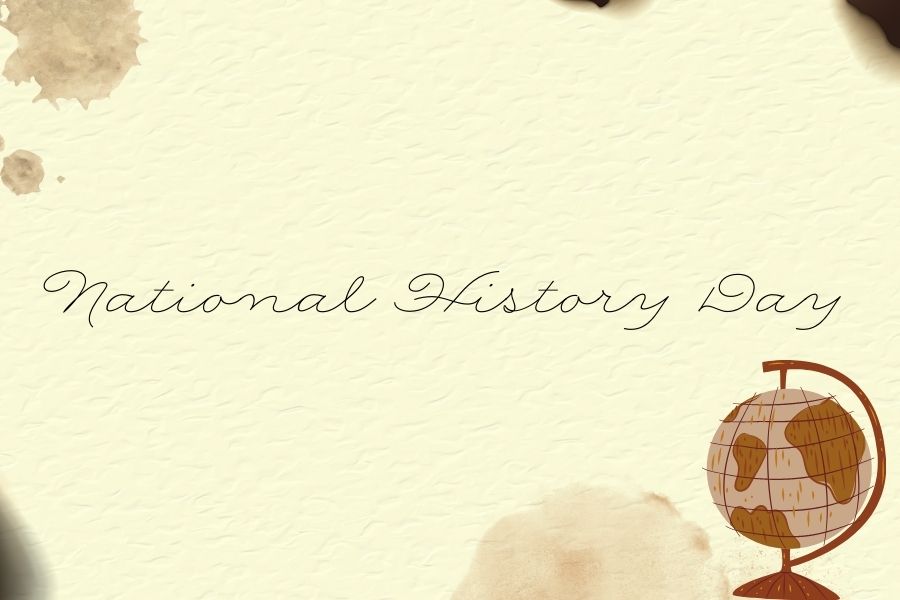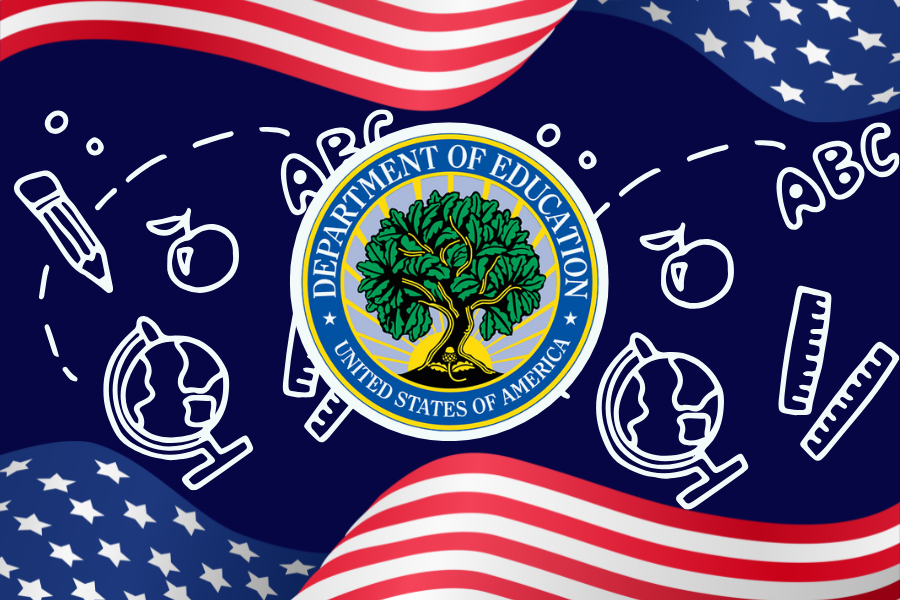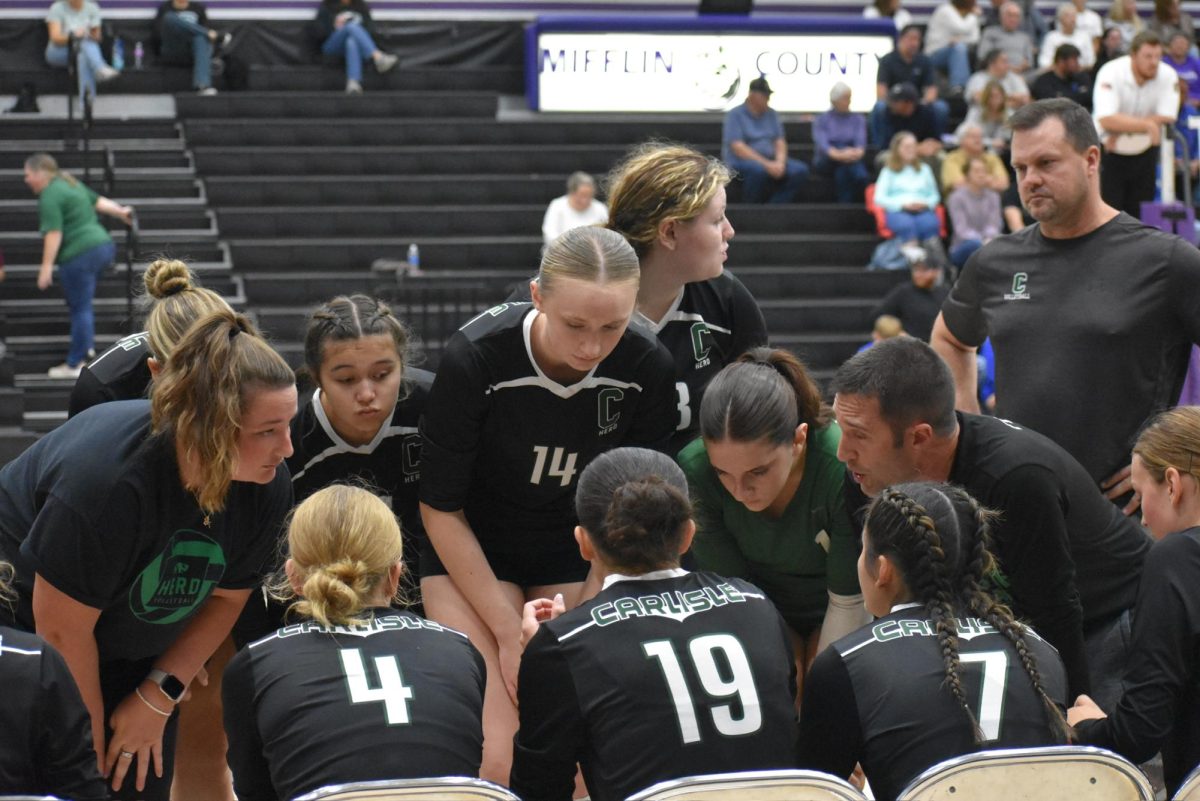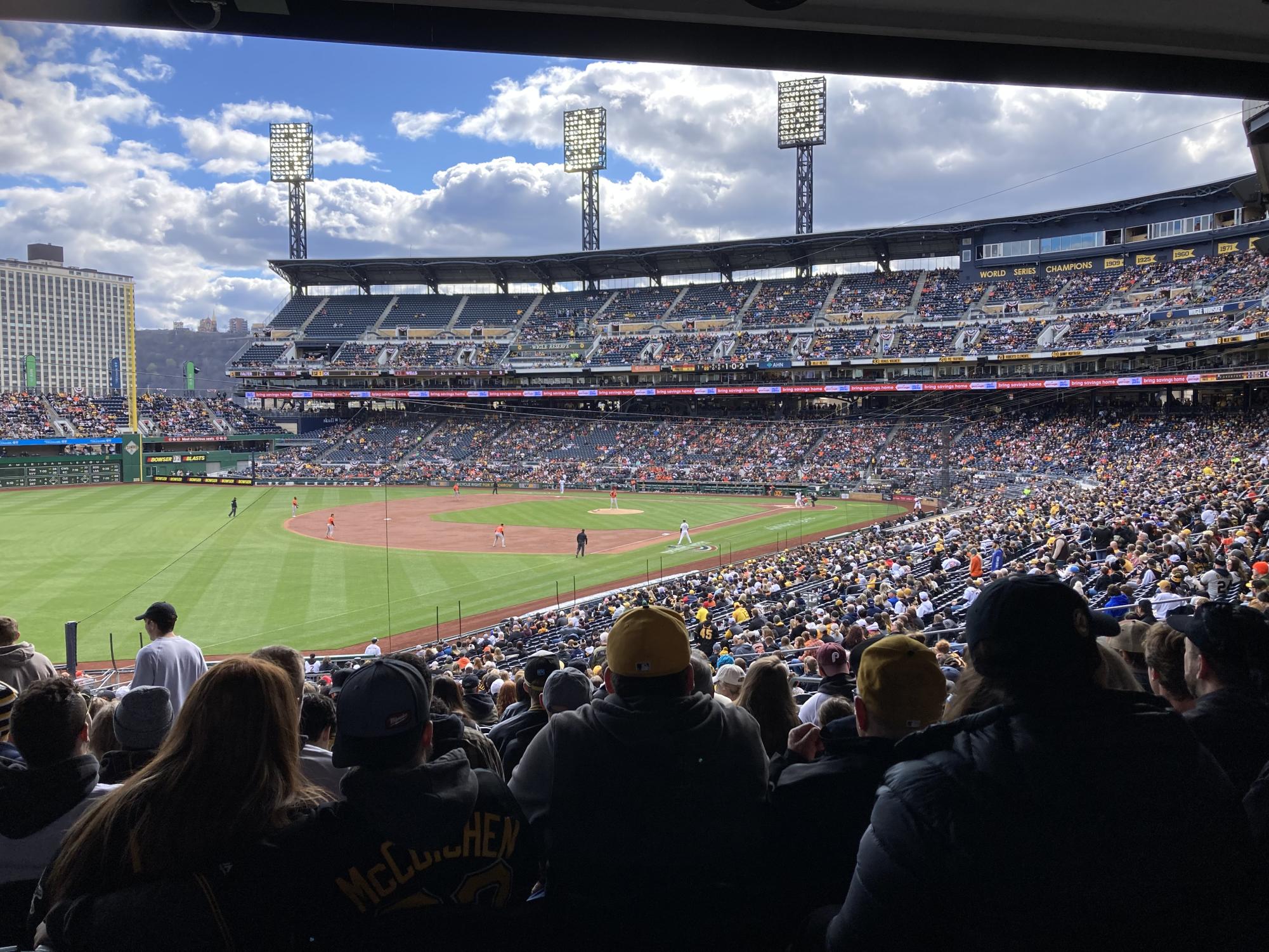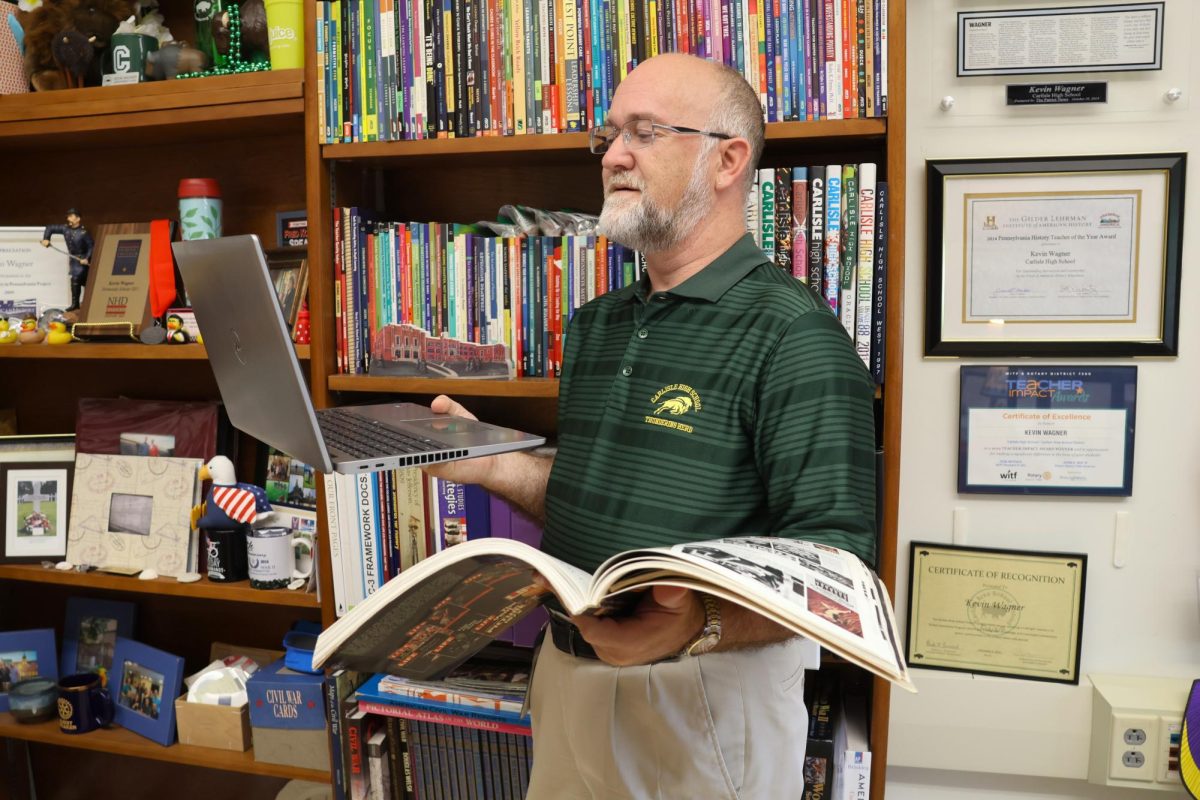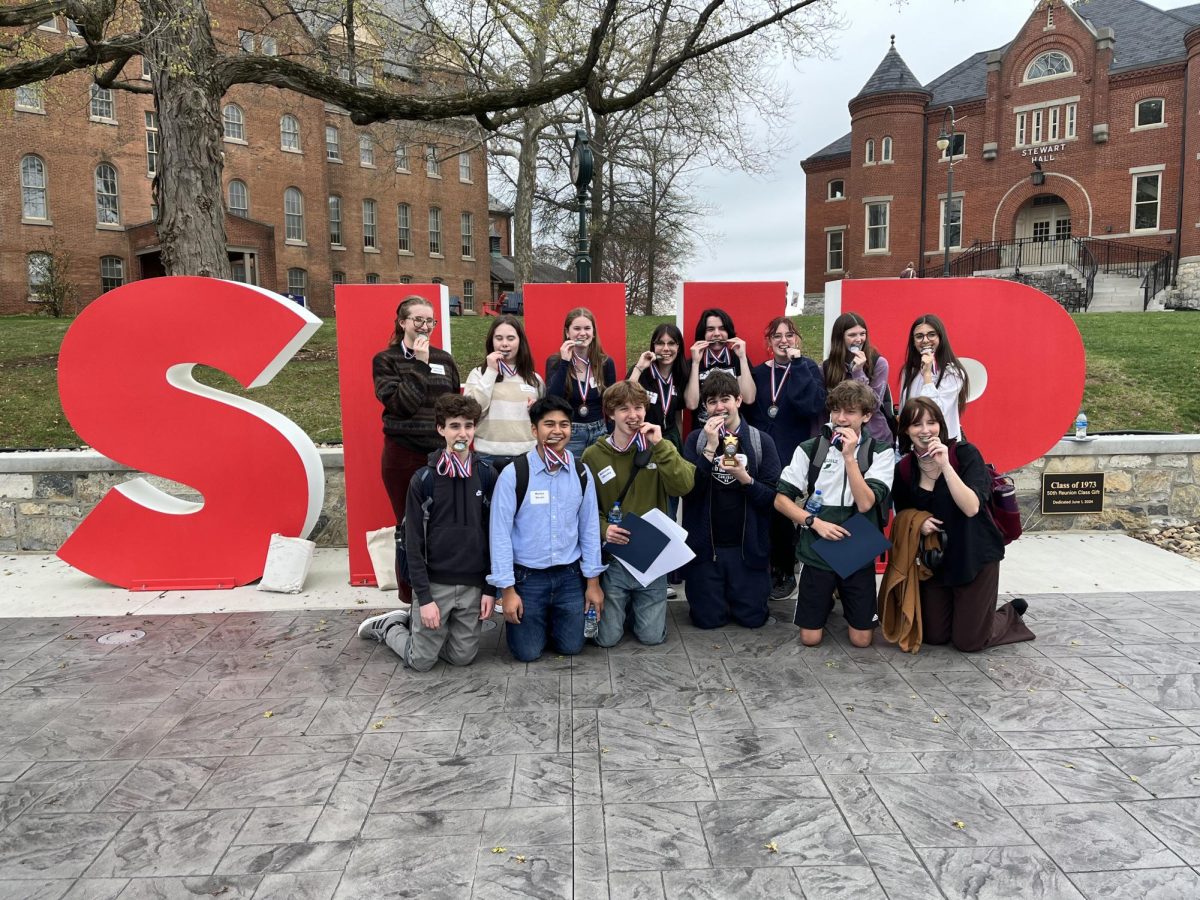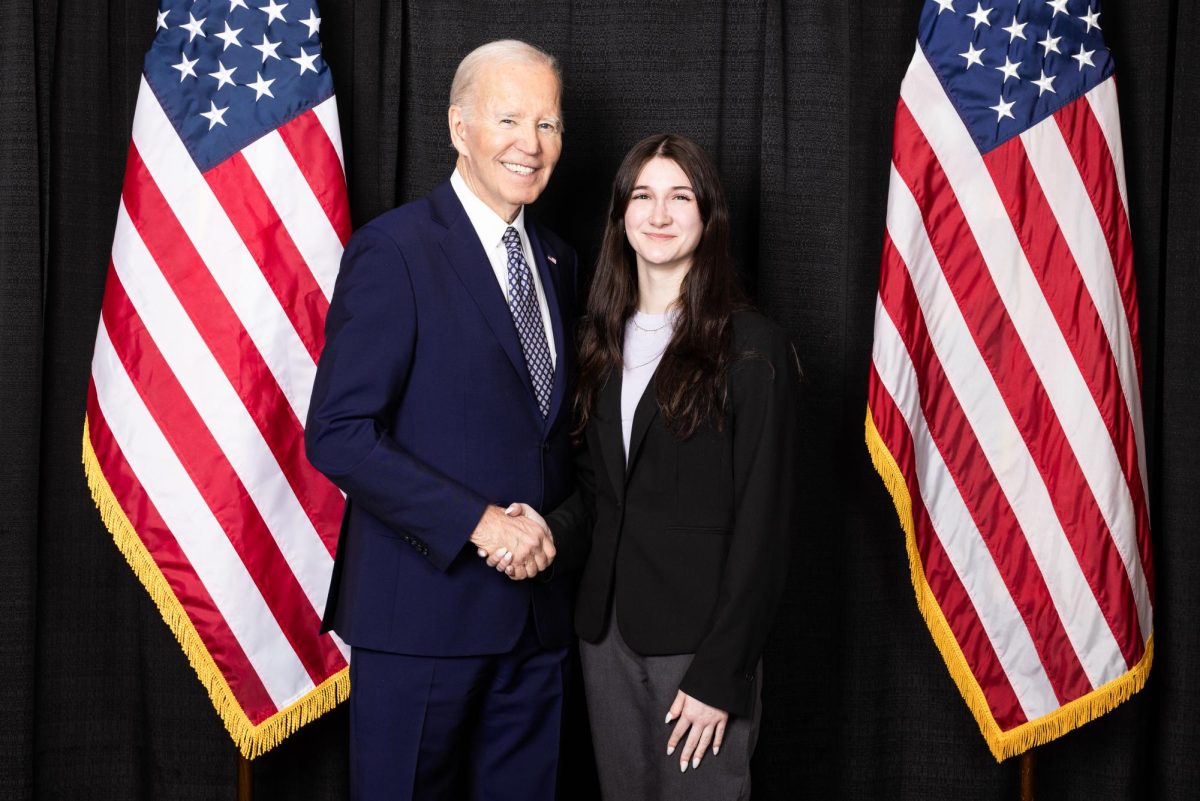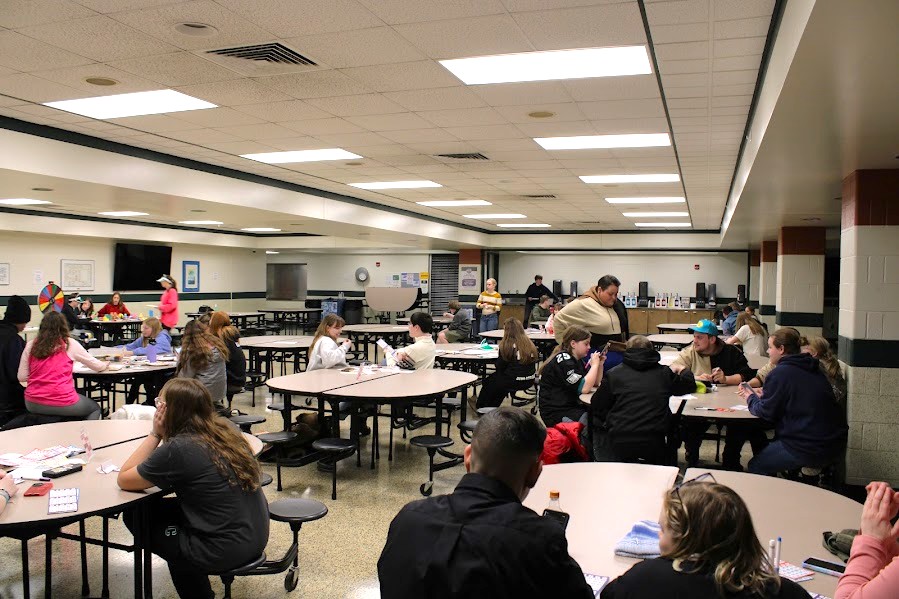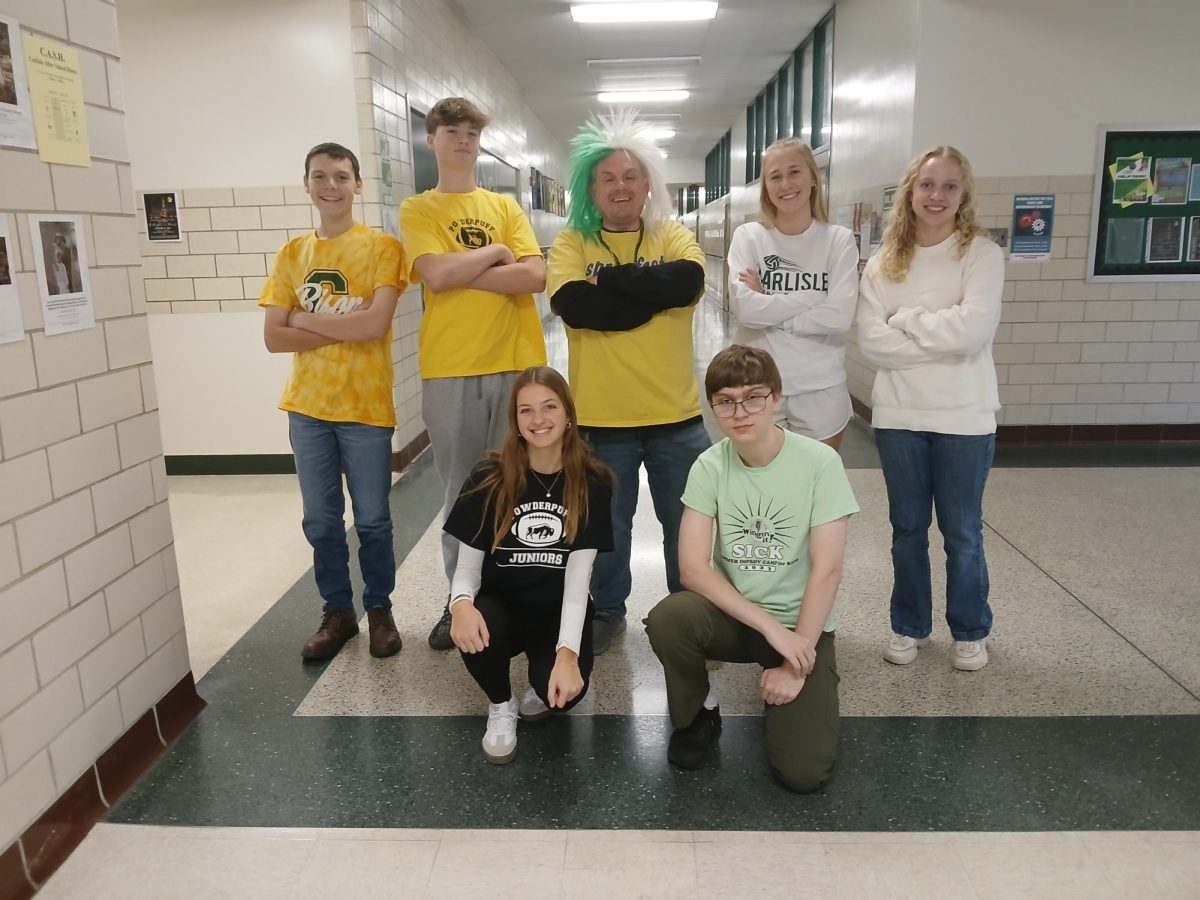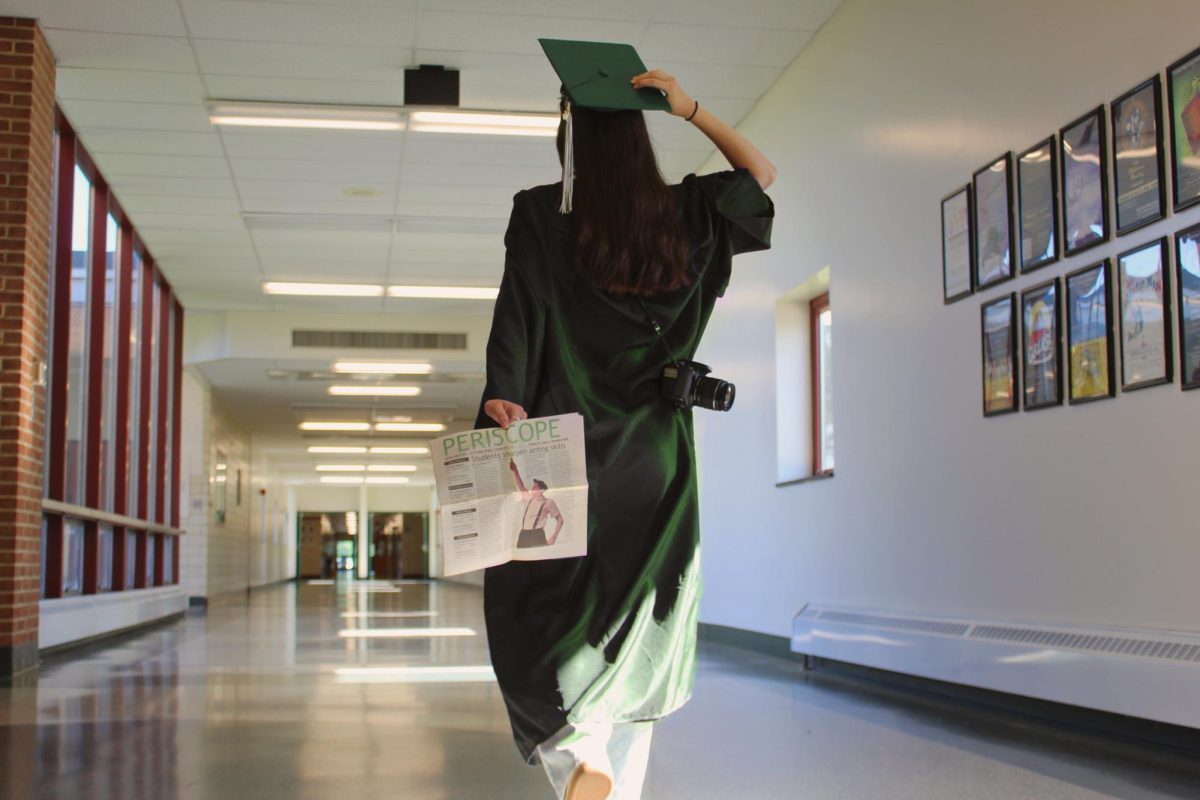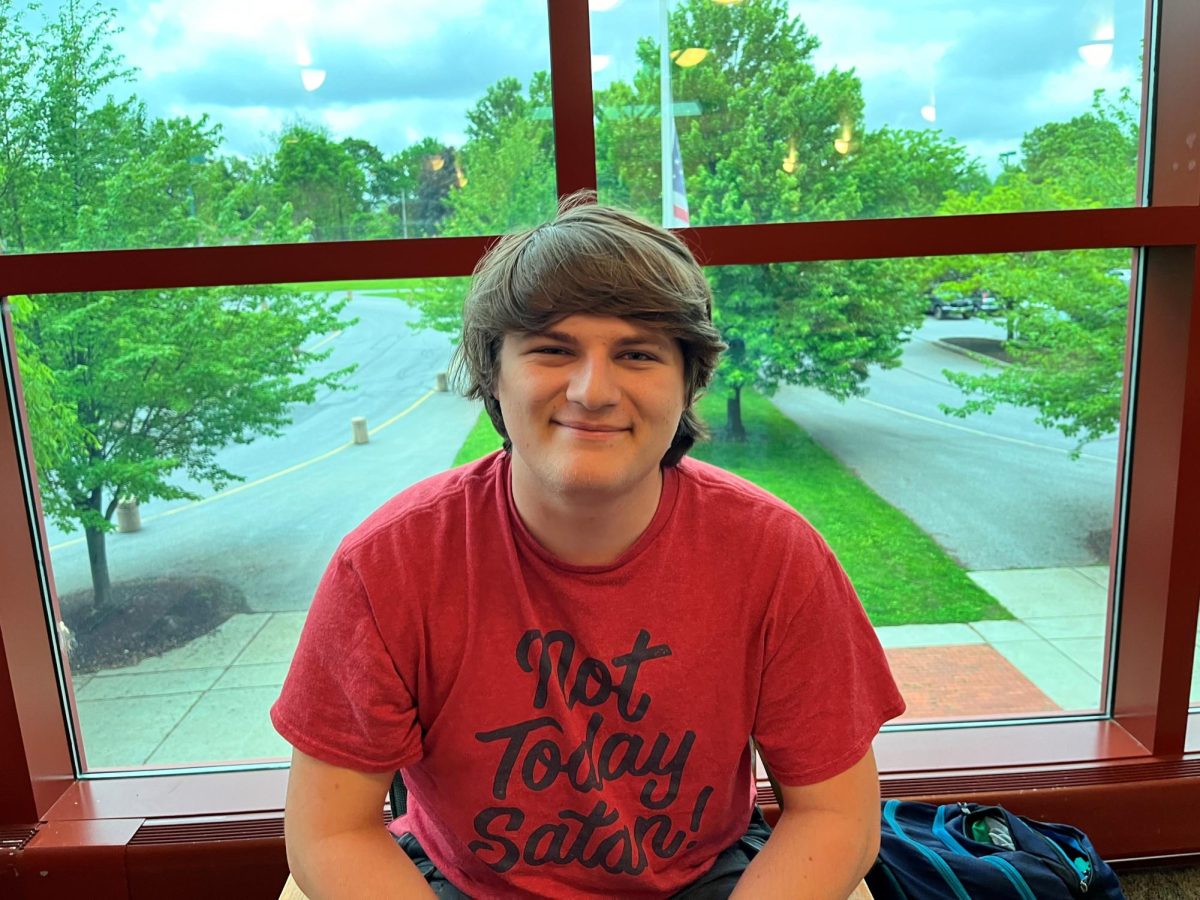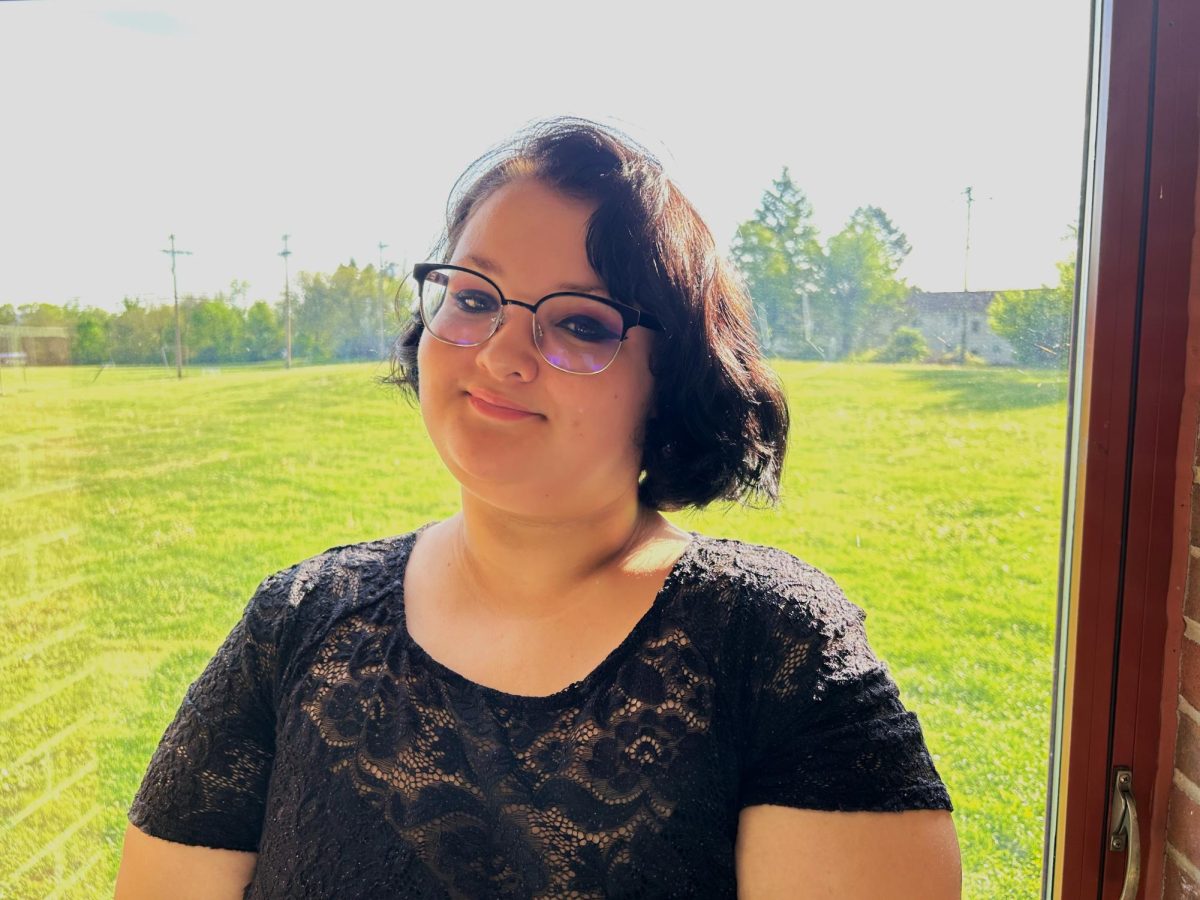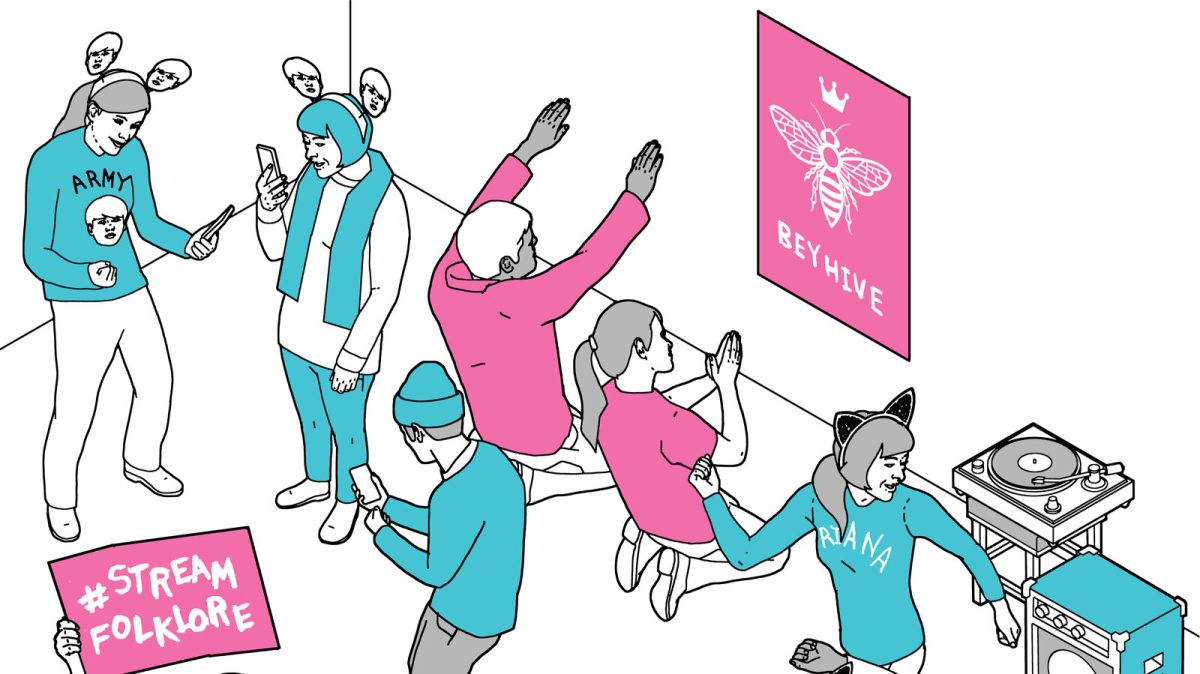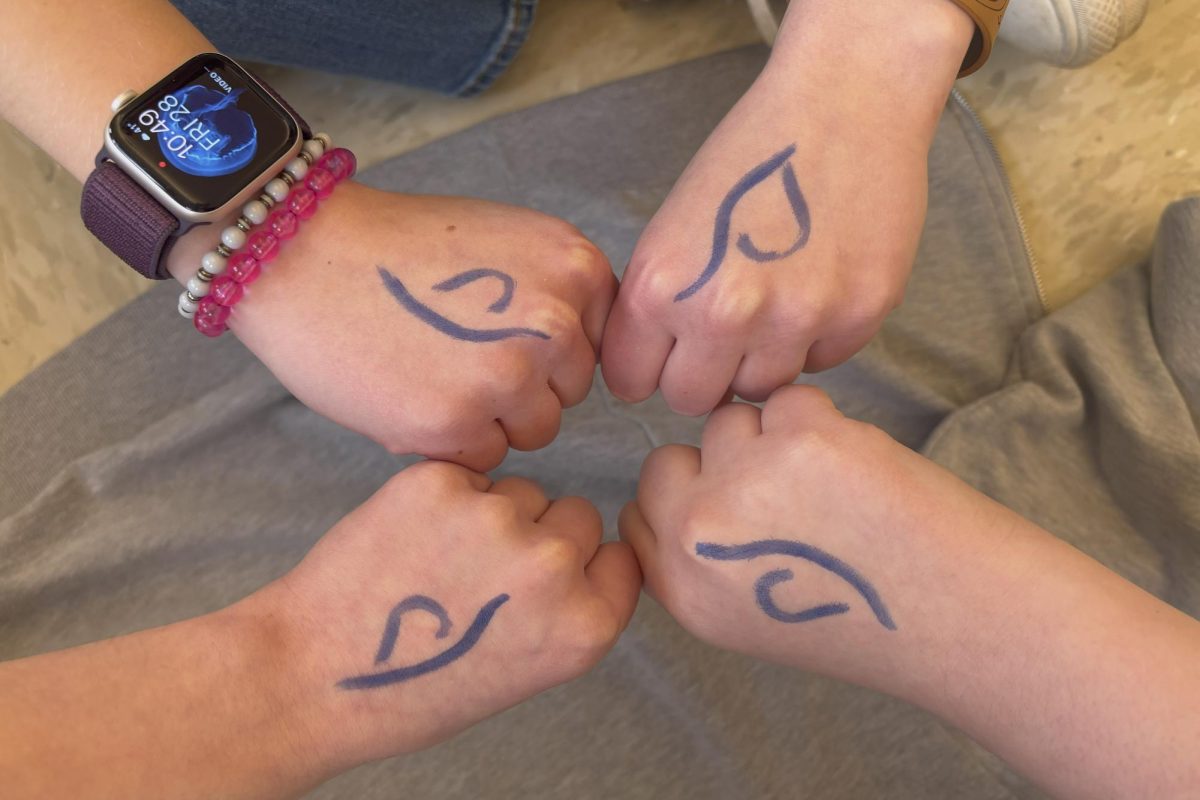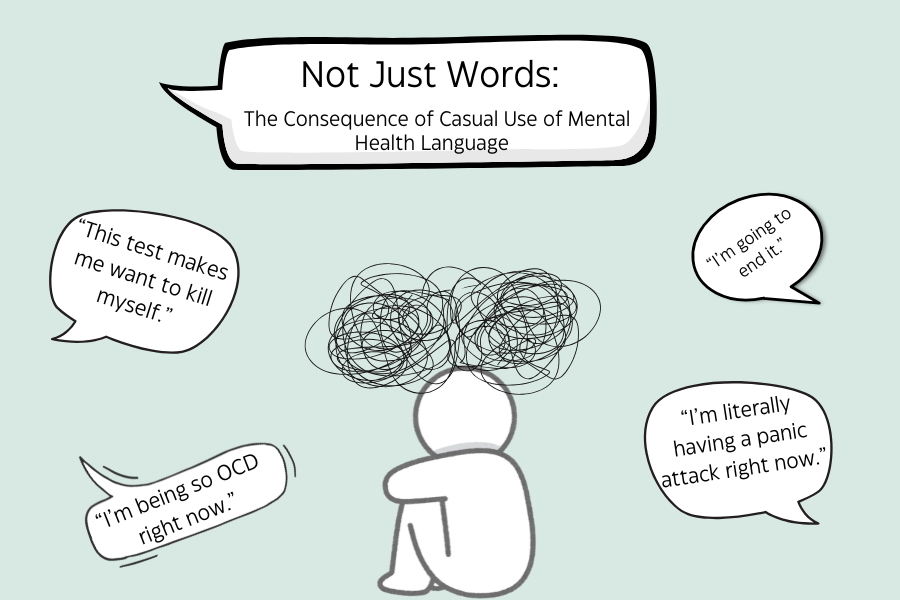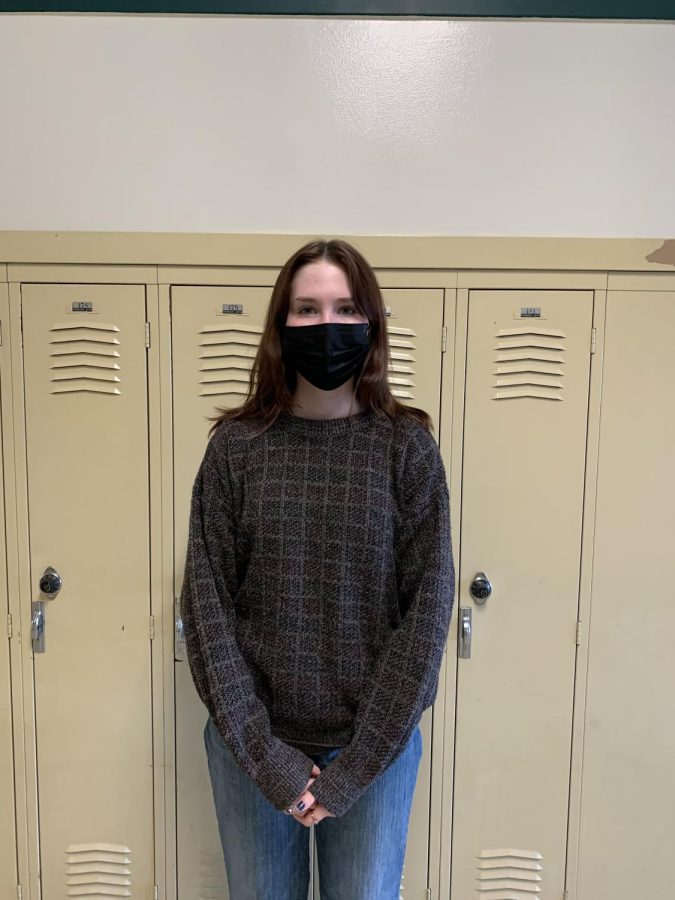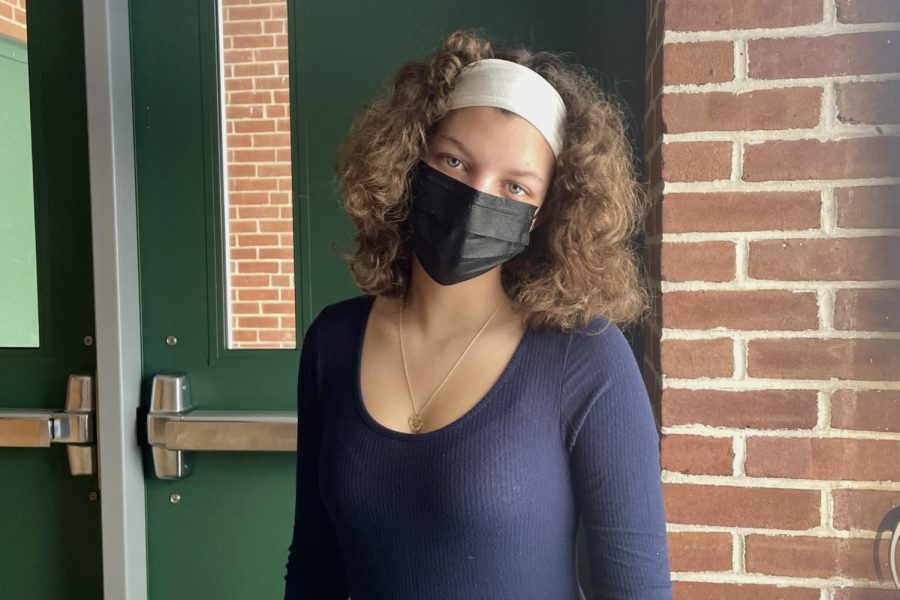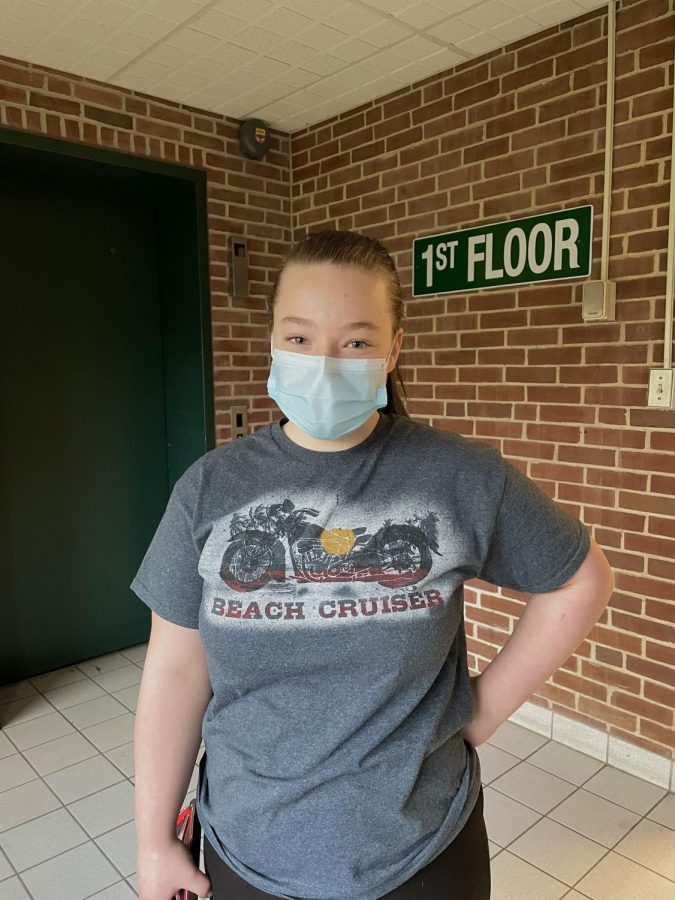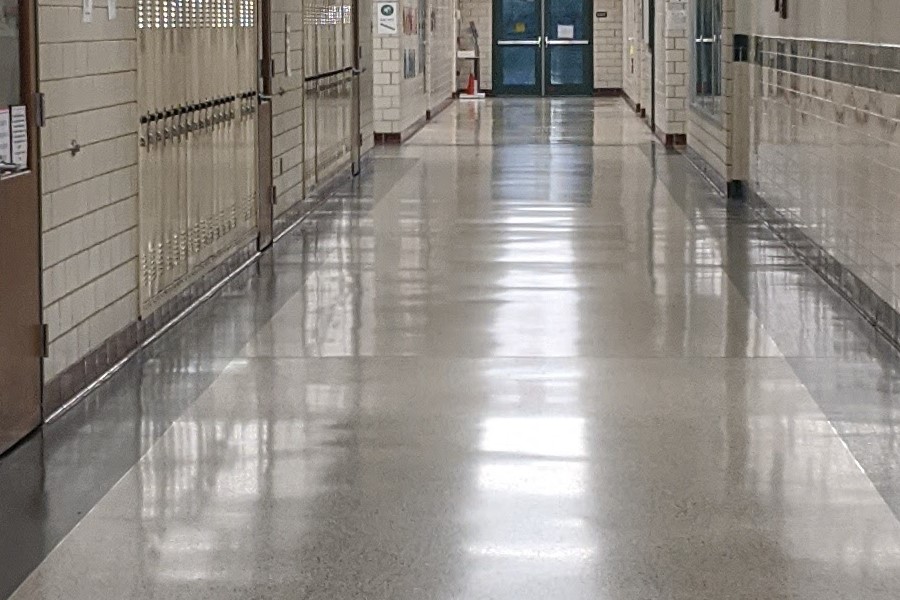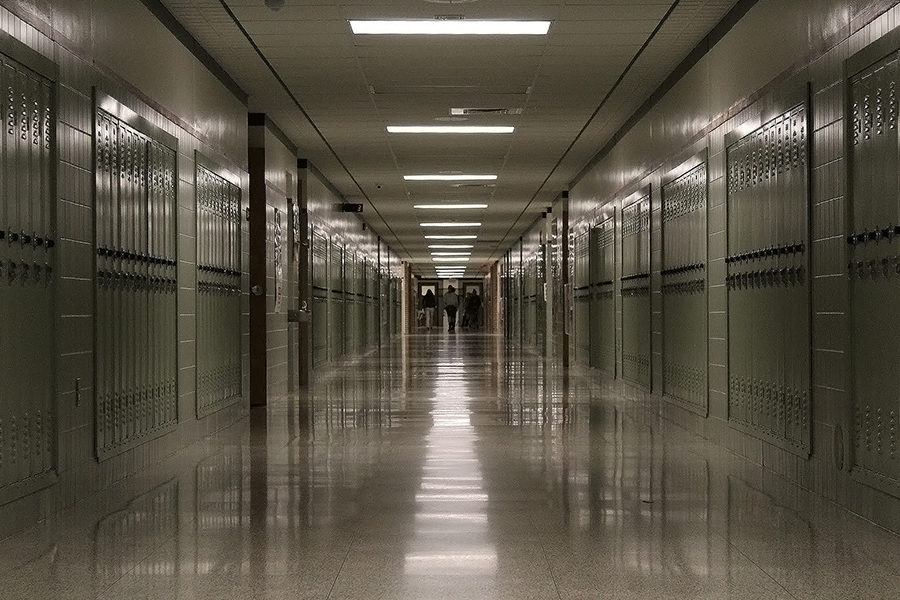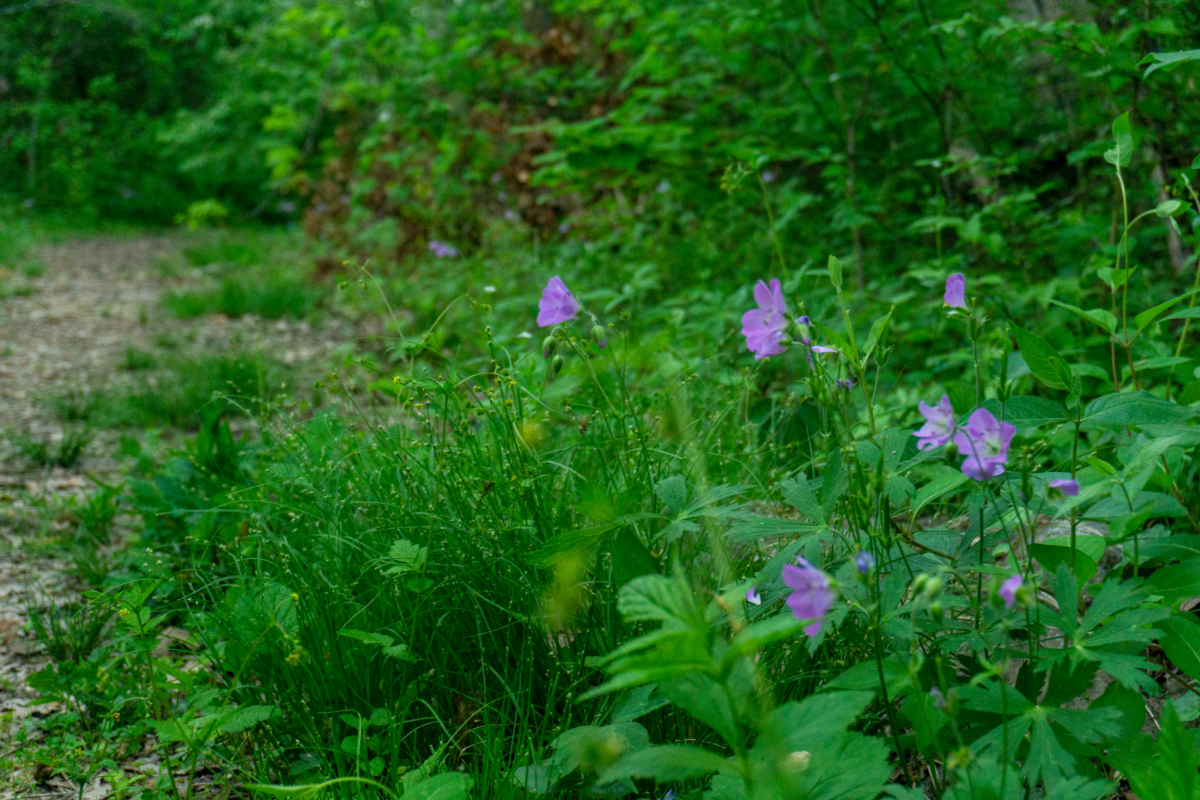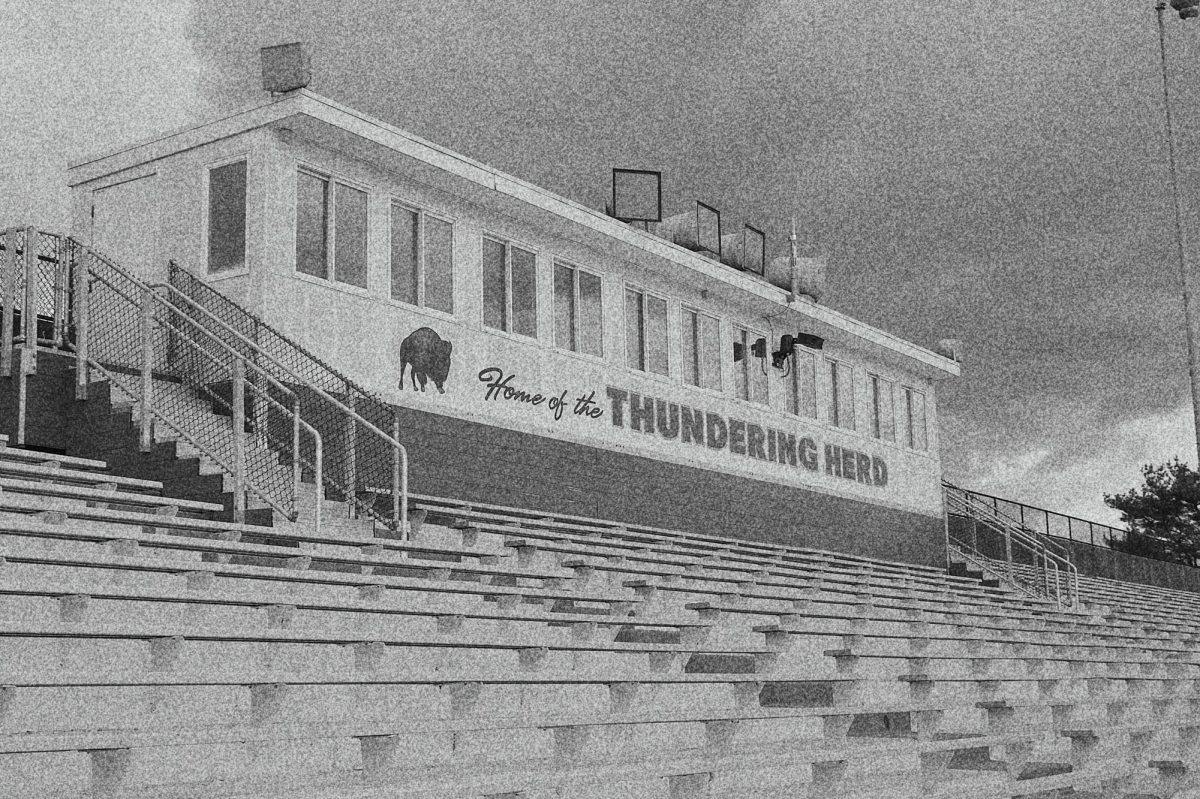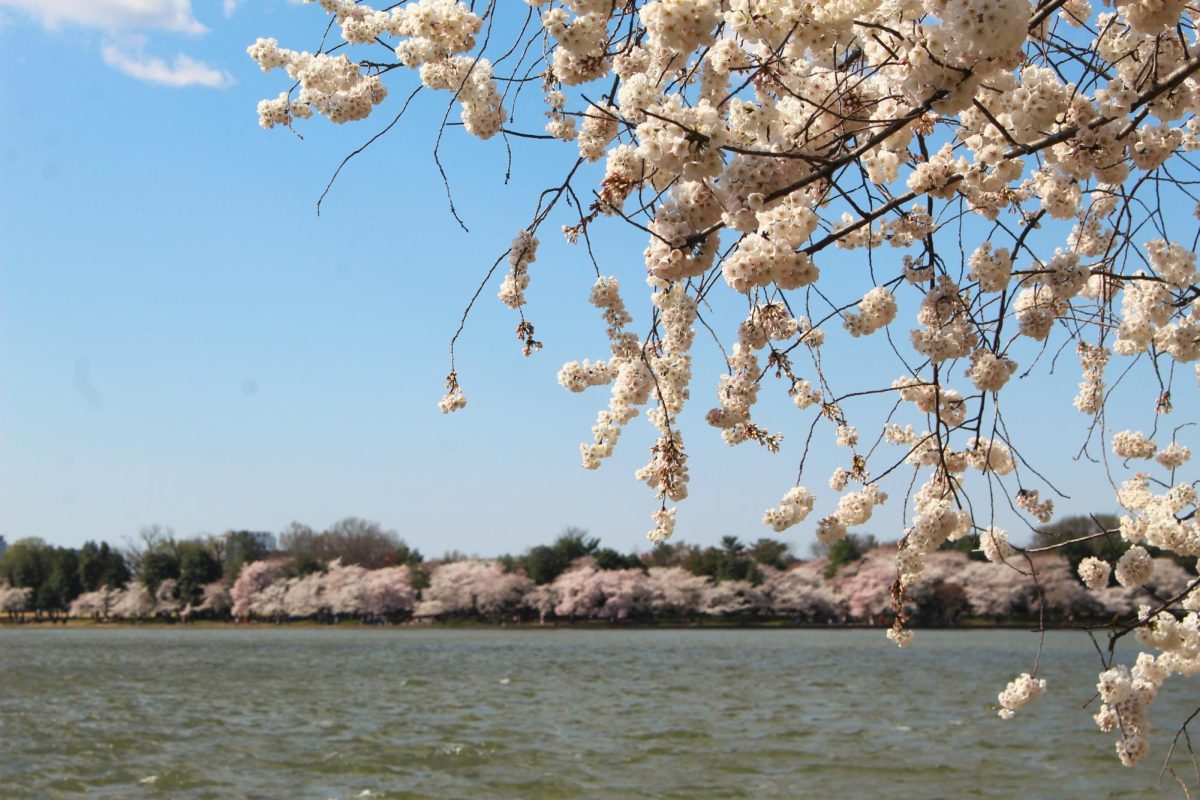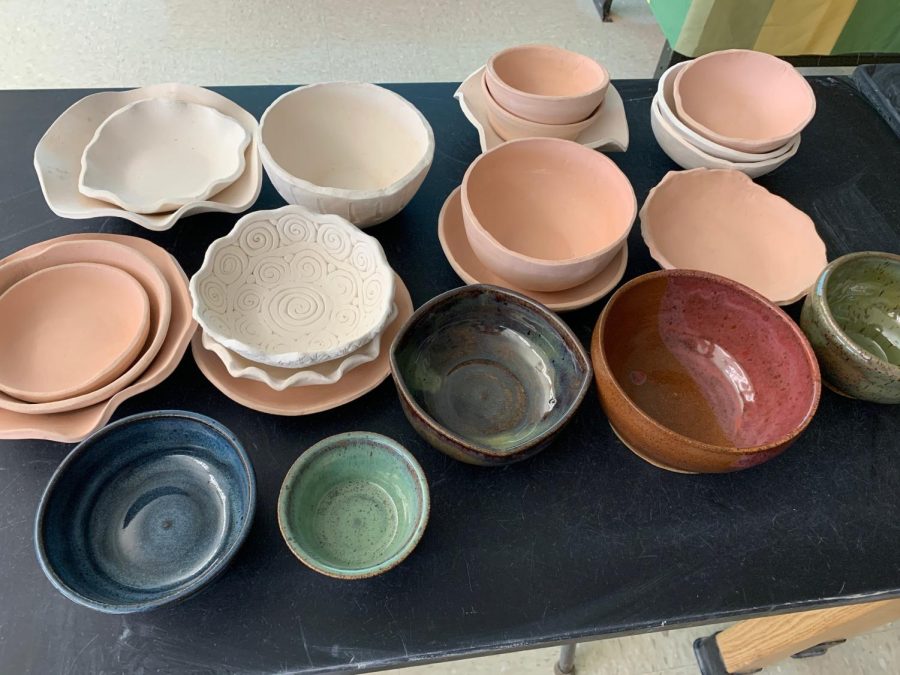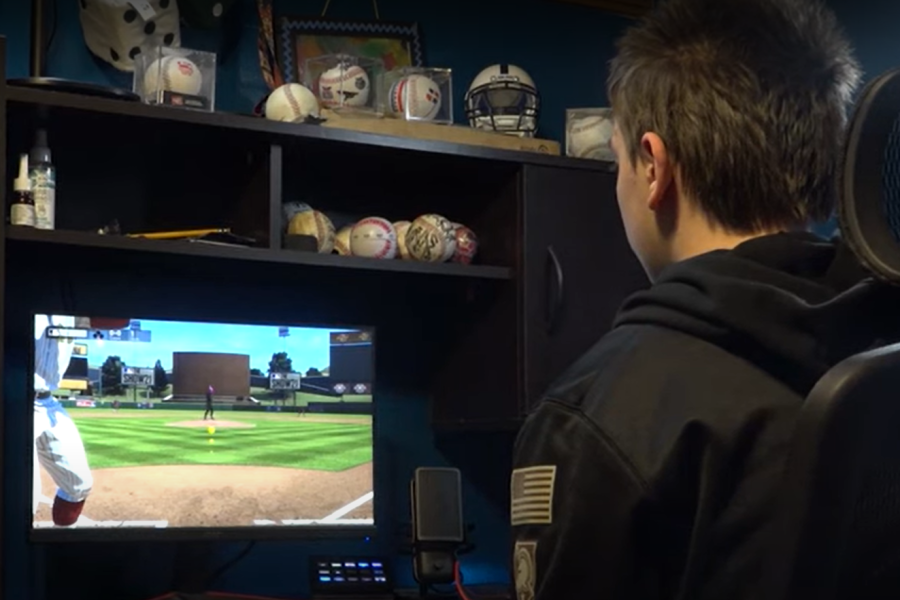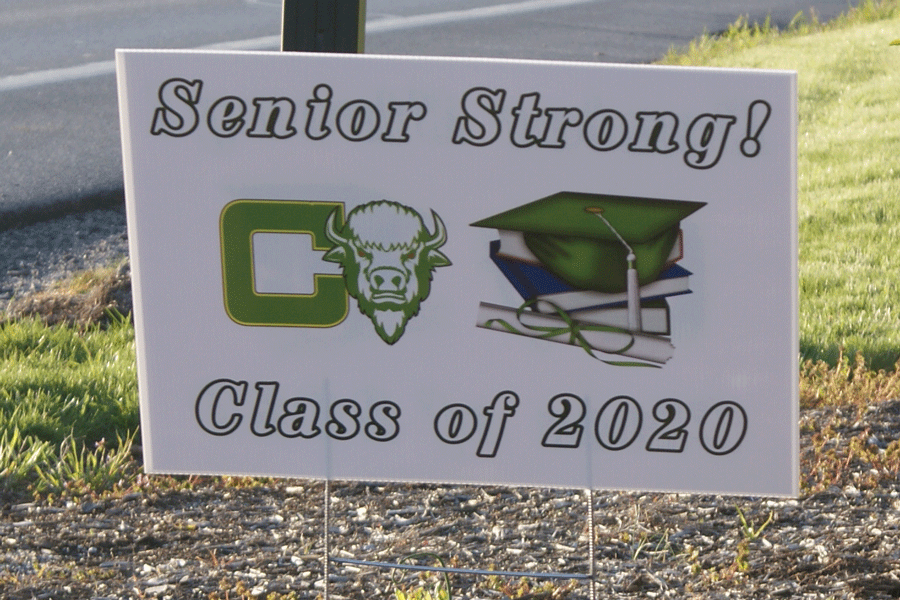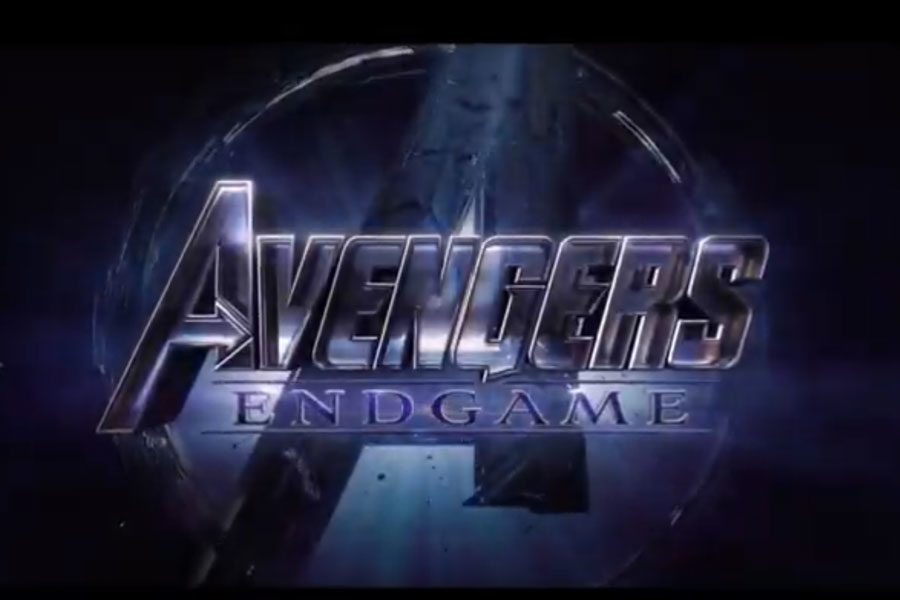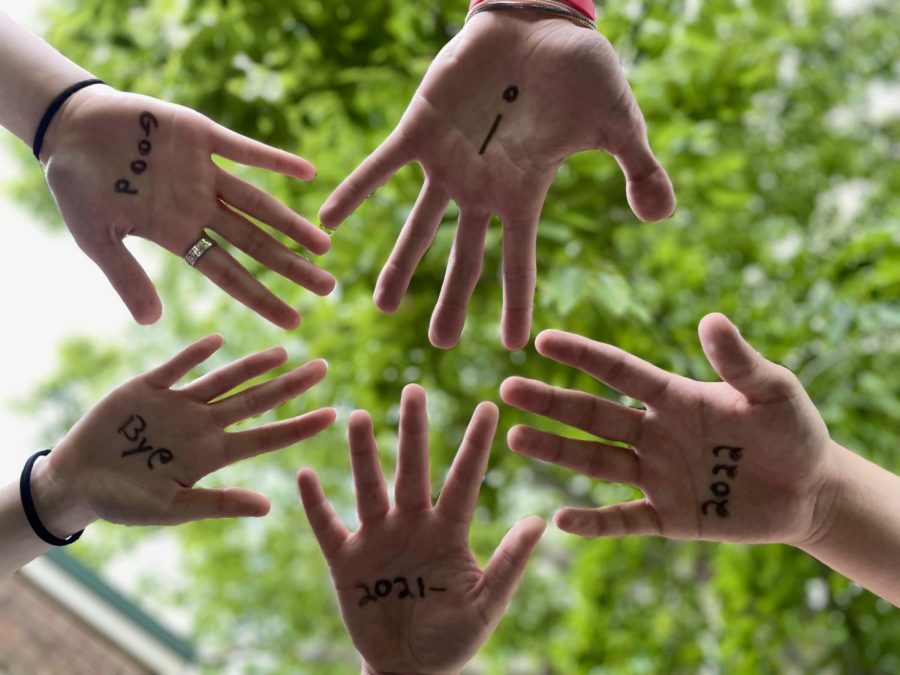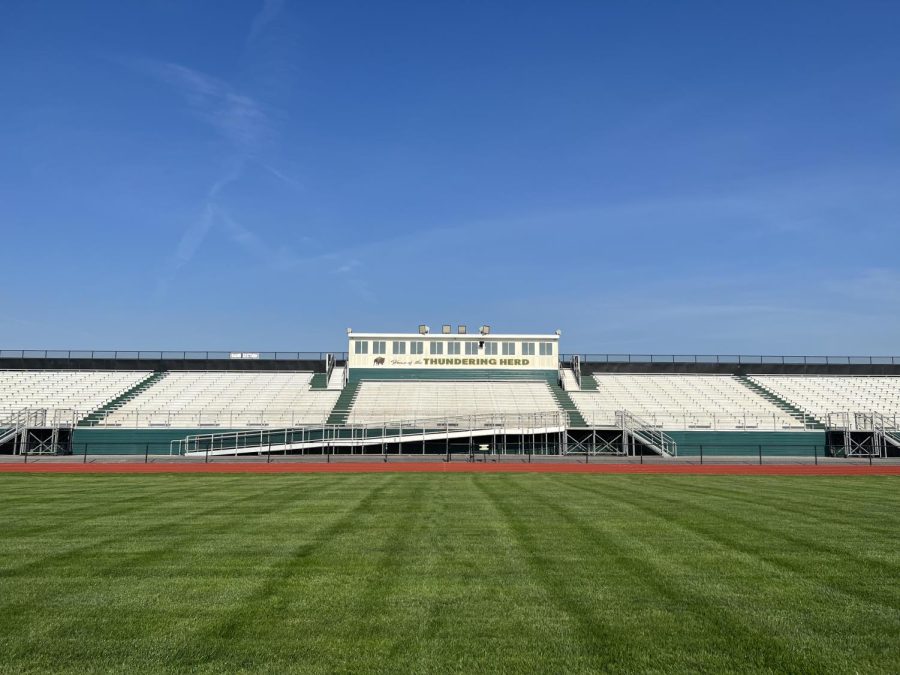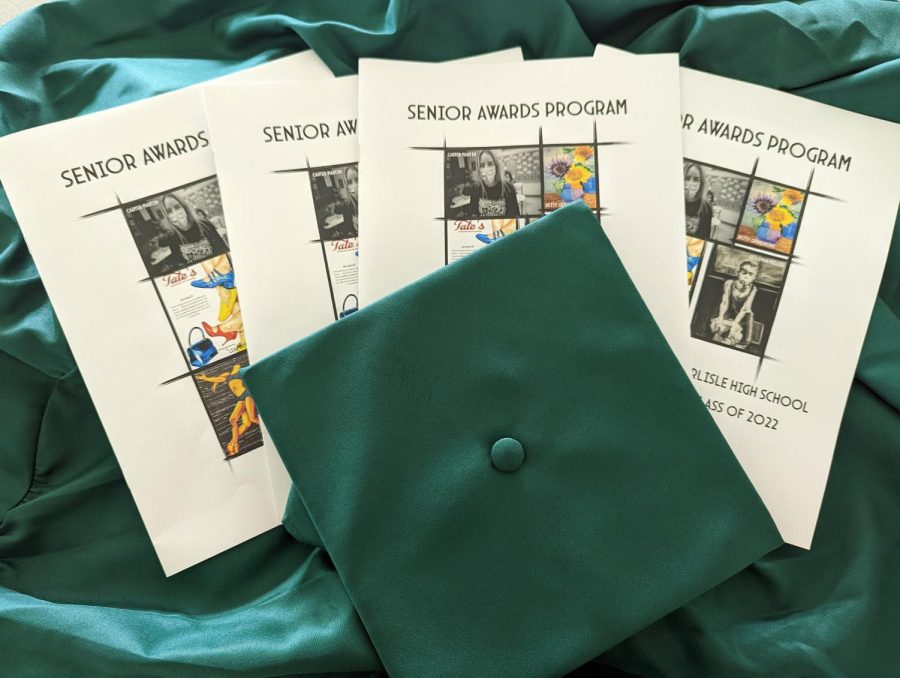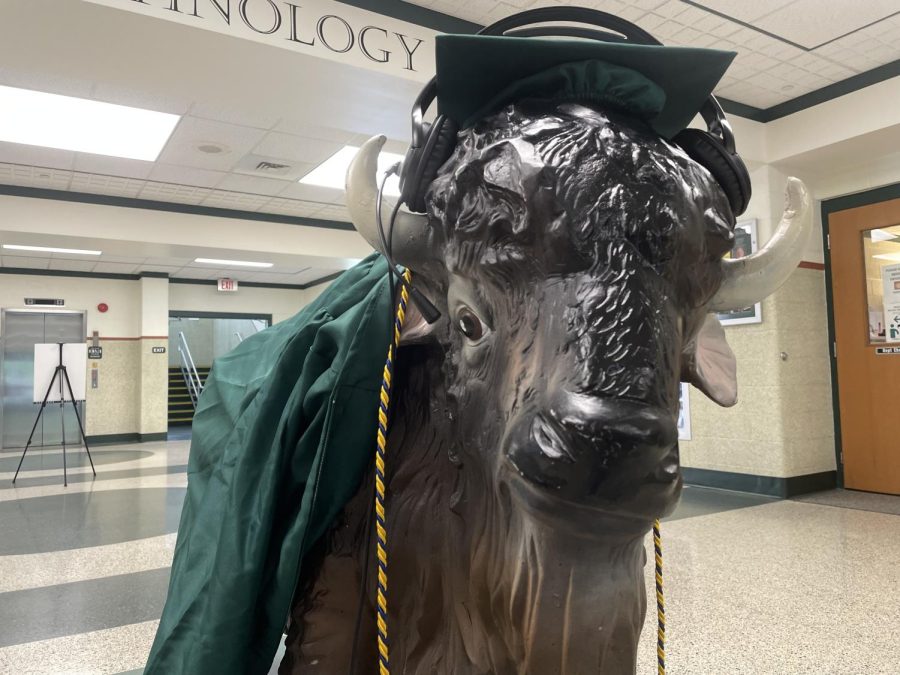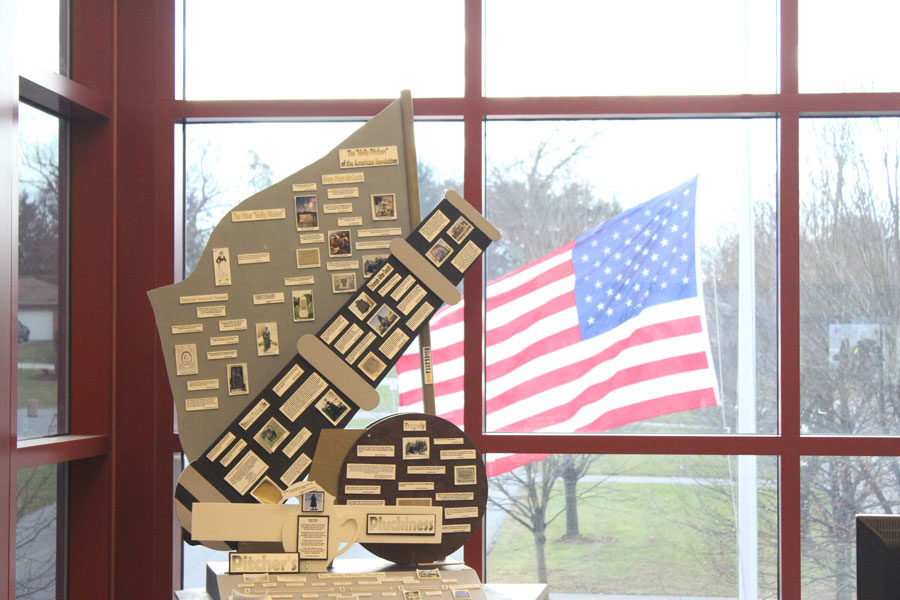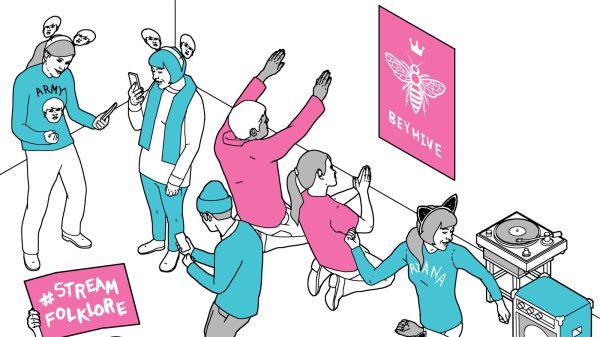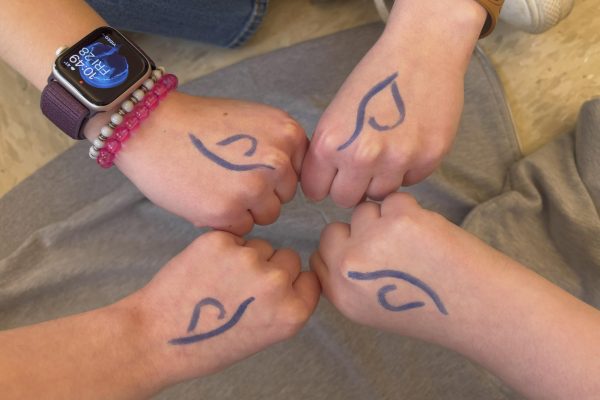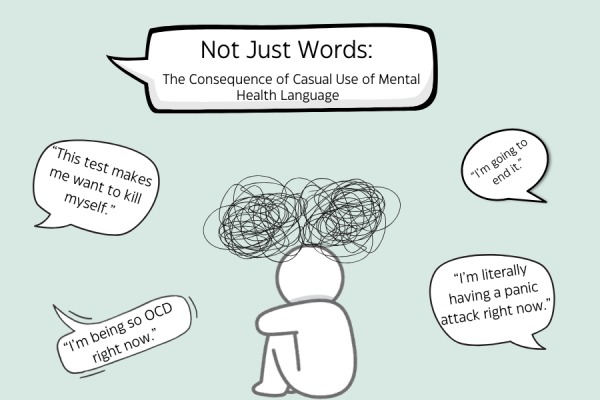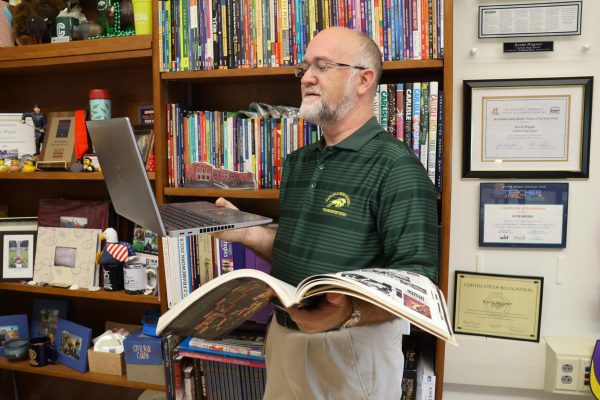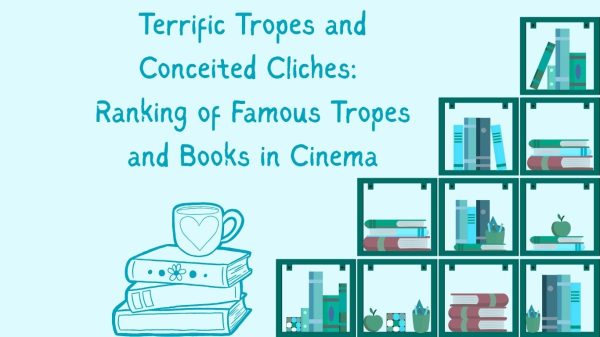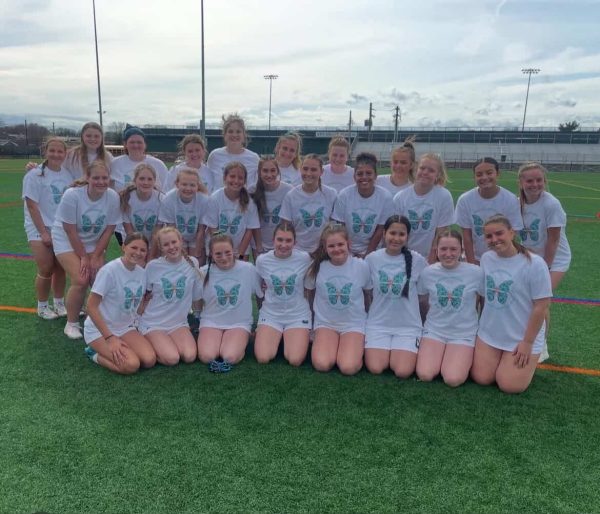Building barriers: Why Science Fair and History Day shouldn’t be mandatory (Editorial)
“Pitcher’s Pluckiness,” a former prize-winning National History Day winner, sits proudly on display in the library. Students put a lot of time and resources into their project.
Money, time, and sleep are all costs of participating in National History Day or Science Fair. These projects, which each take months to complete, are a part of the history and science curriculum, respectively, at Carlisle High School.
Each year, over six hundred students from Carlisle Area School District, South Middleton School District, and many other local schools compete in the Carlisle-Area Science Fair.
These Science Fair participants from elementary, middle, and high school go through the steps of the scientific method to “…showcase their [students] ideas, research, and experimental designs to local judges using a display board format,” said Samantha Moyer, Science Department Chair.
For National History Day, students research and create a project based on a different theme each year. Both of these projects are mandated in certain Honors and AP classes. Many students, especially freshmen taking Honors Biology and Honors US History courses, are required to do both. These projects strain teens’ energy, reduce their sleep, and reduce the ability of lower-income students to join these courses.
Many students at CHS are required to have a part-time job to provide for their families, babysit siblings, and are not able to purchase things like science-fair project boards, experiment materials, and gas for travel. All of these factors limit high-school stuudent’s ability to participate in laborious projects like NHD and Science Fair.
“We should not require projects like Science Fair and History Day because they add more barriers to students who have to do things like provide for their family and take care of siblings,” said McGowan counselor Amy Knapp.
Stress is also a factor in NHD and Science Fair. Both demand a lot of research, effort, and time; three things that are scarce in many teens. This is a lot in addition to juggling homework from other AP and Honors classes, sports, and jobs.
“It should take about 4 months to make a good [NHD] project,” said Kevin Wagner, Social Studies department chair for CASD.
Because teachers cannot always give class time for these projects, students often end up working outside of school for most of the project.
There are, however, benefits to NHD and Science Fair.
“The benefits of the science fair are numerous,” Moyer said. “Students have an authentic, rigorous, and meaningful experience where they learn to conduct scientific research, go through the engineering design process when developing and creating their experiment, as well as learning to effectively communicate their scientific research. Students also have an incredible opportunity to earn monetary awards and scholarships.”
Both of these projects have skills that students can carry with them for later in life and for other classes. These skills include problem-solving, research skills, competition, and teamwork. All of these can be learned, however, in other projects that high-school students have more class time to complete.
Overall, teens should not be expected to do both science fair and history day. Students should be given more class to complete different projects that reap the same benefits. Teachers should not expect students to do that much work outside of school. This complicated issue has many opinions, but the bottom line is that students should not be forced to use their limited out-of-school time to create projects that take months to complete.
Disclaimer: Articles designated as “Editorial” represent the views and opinions of the author, not the 2018-2019 Periscope staff, CHS/CASD administration, or the CHS student body.
Want to help the Herd? Please consider supporting the Periscope program. Your donation will support the student journalists of CHS and allow us to purchase equipment, send students to workshops/camps, and cover our annual website hosting costs.
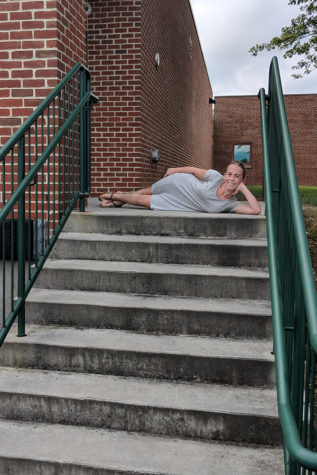
Ellie Knapp is currently a freshman at Carlisle Area High School and this is her first year on Periscope as a staff writer. Ellie is on the JV field...
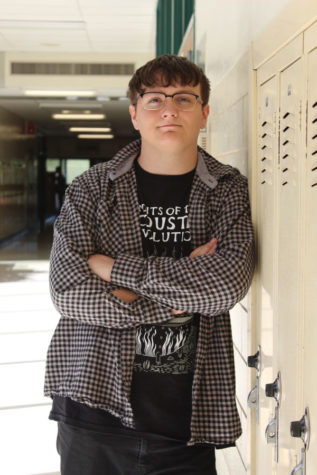
Ayb is currently a sophomore at Carlisle High School and this is his second year in Periscope as a Perspectives staff writer. Ayb loves to write his opinions...


